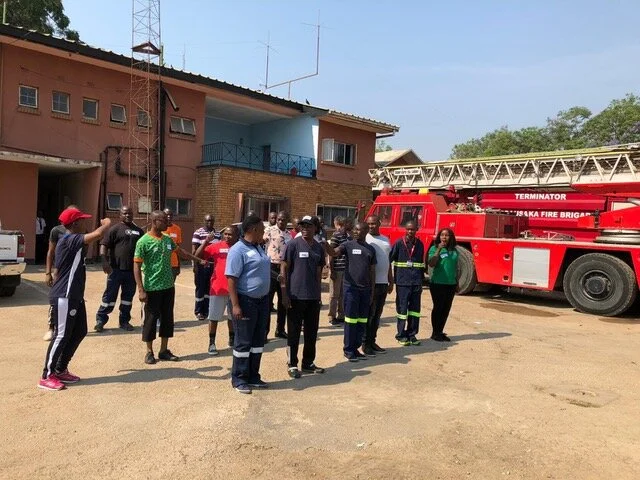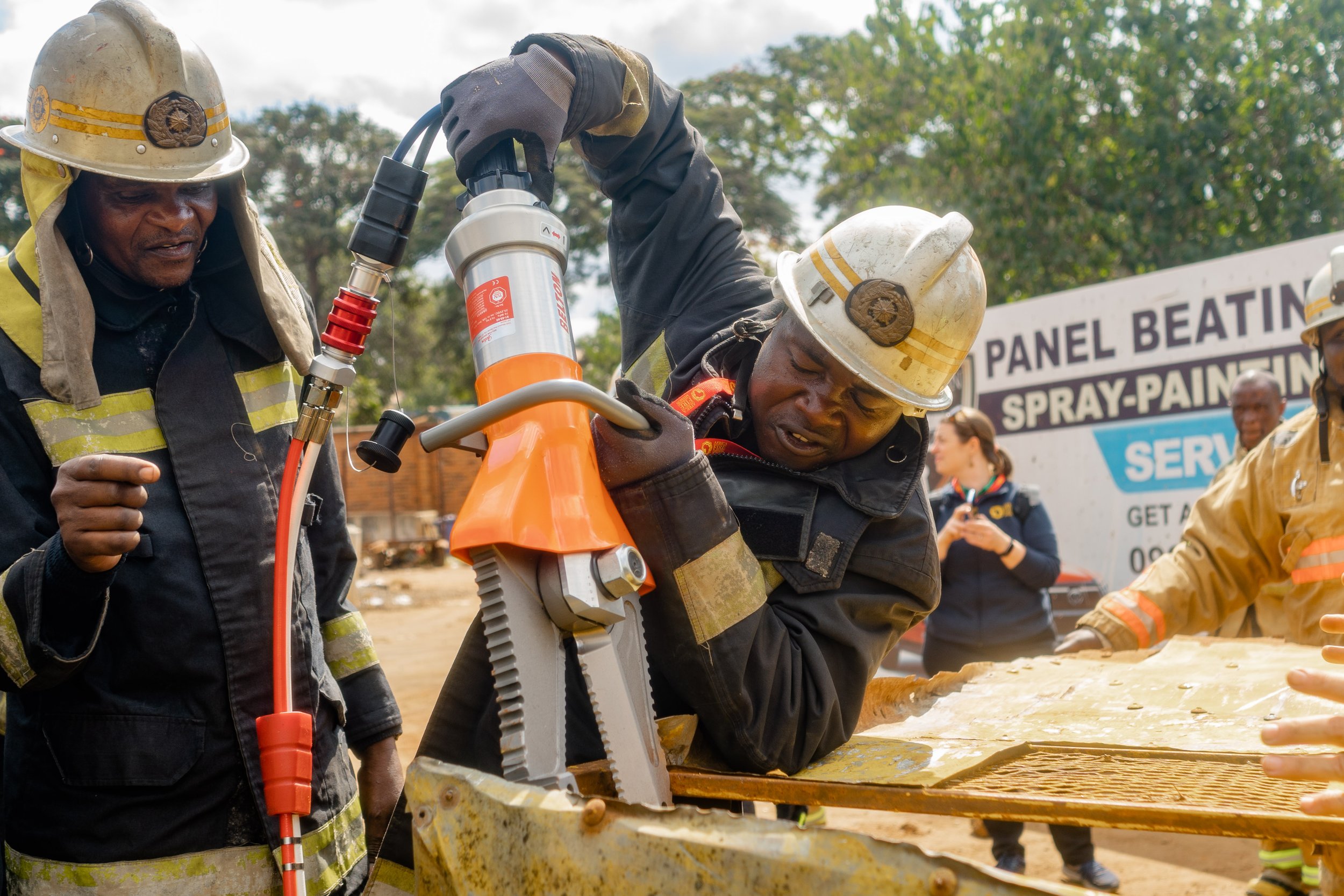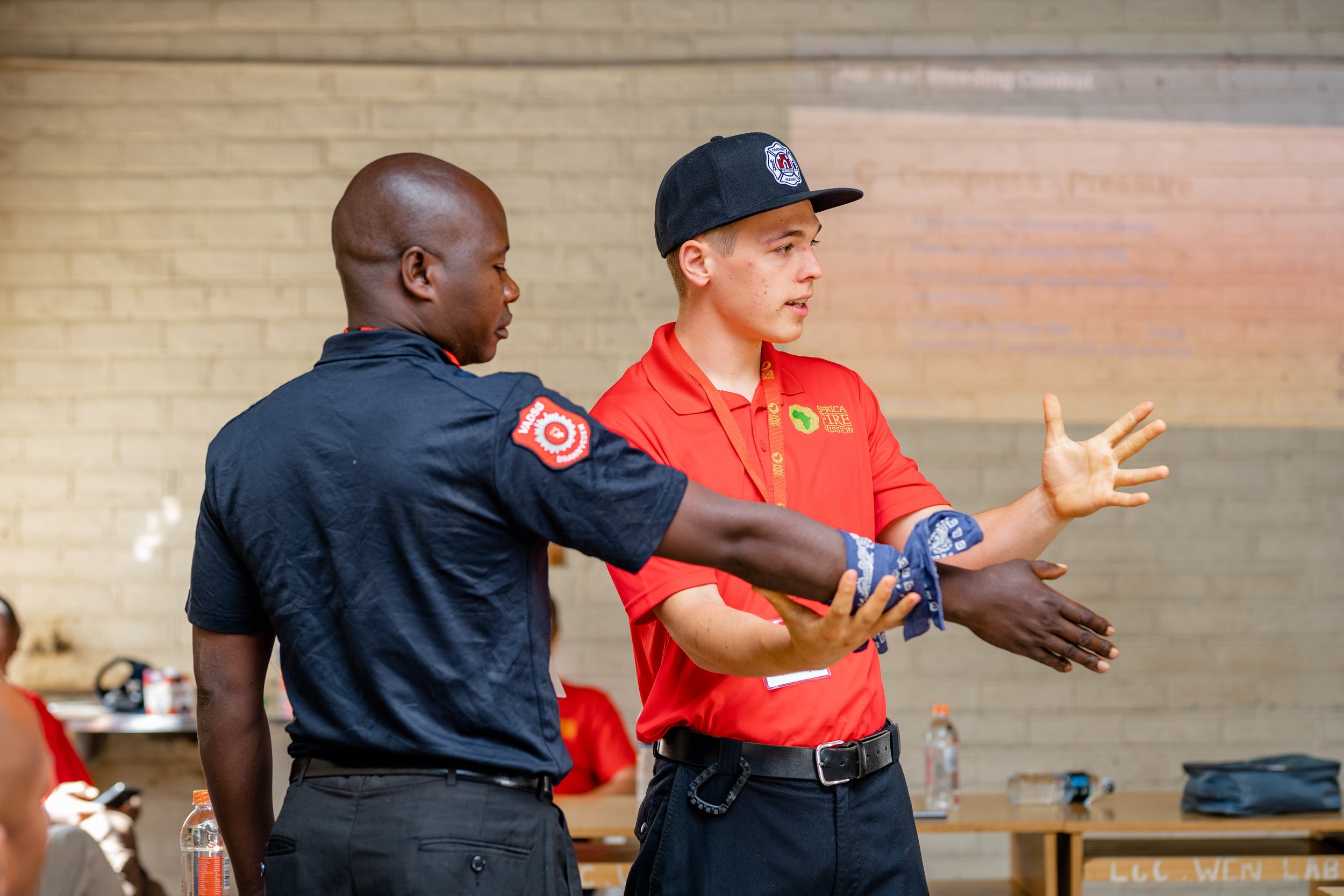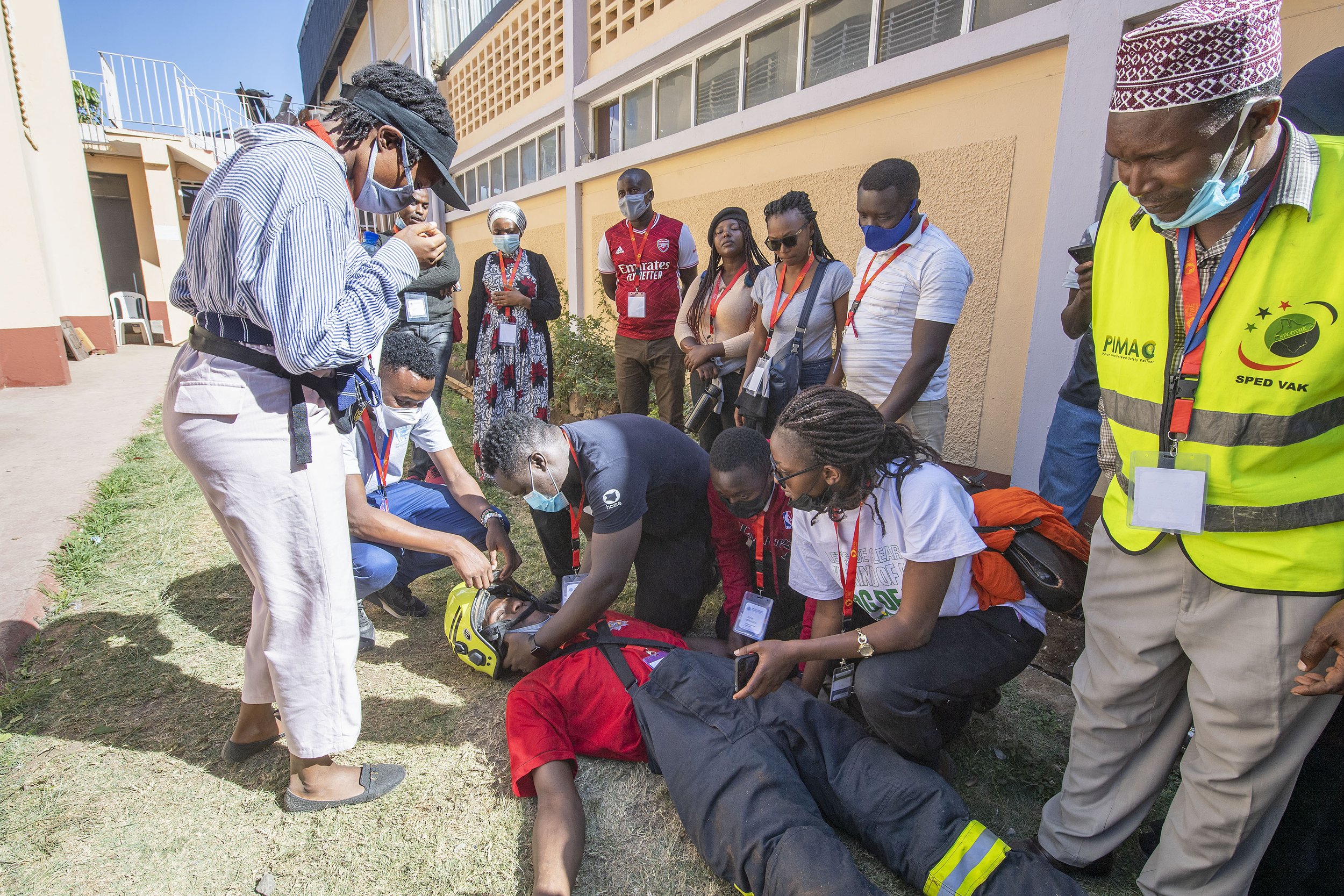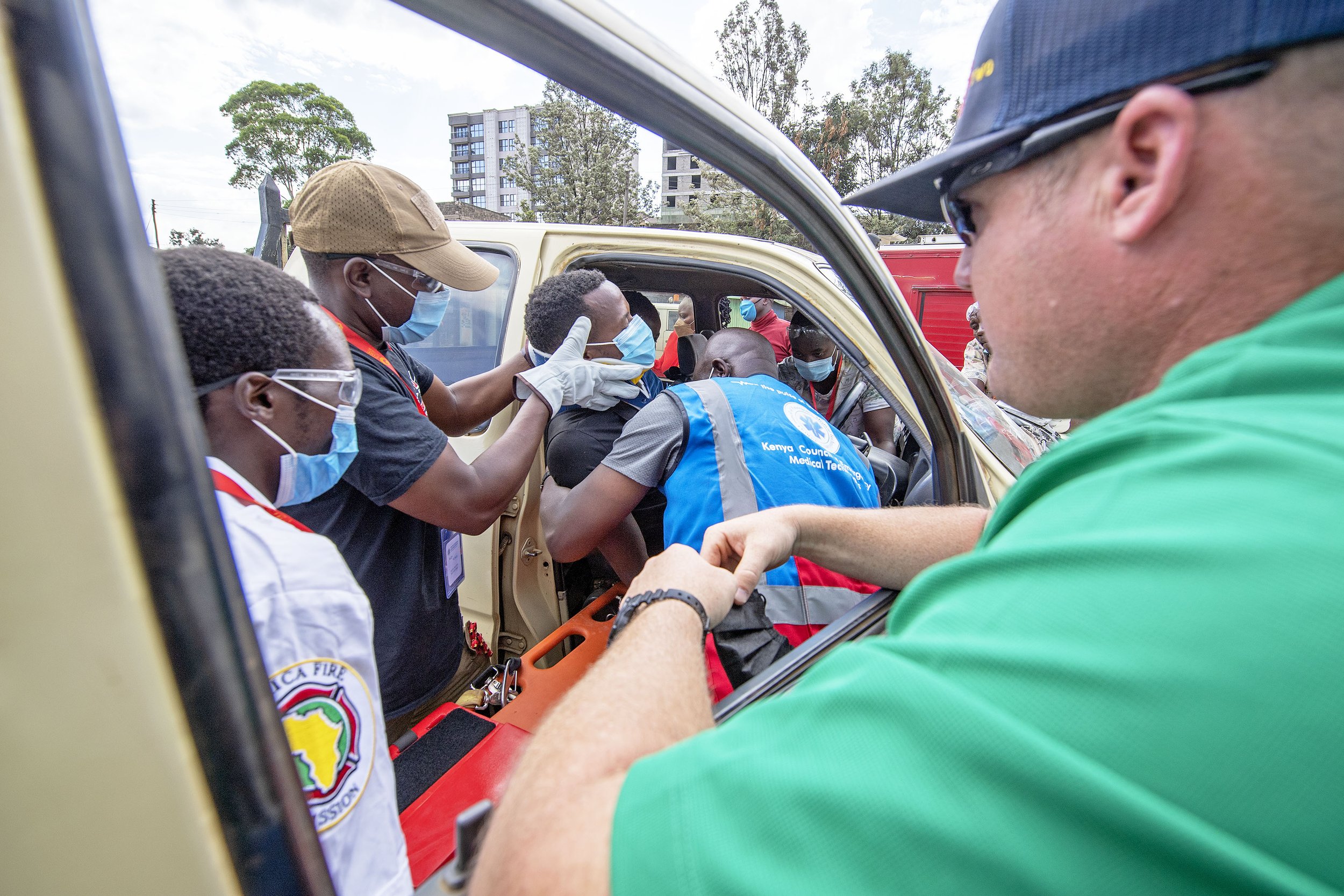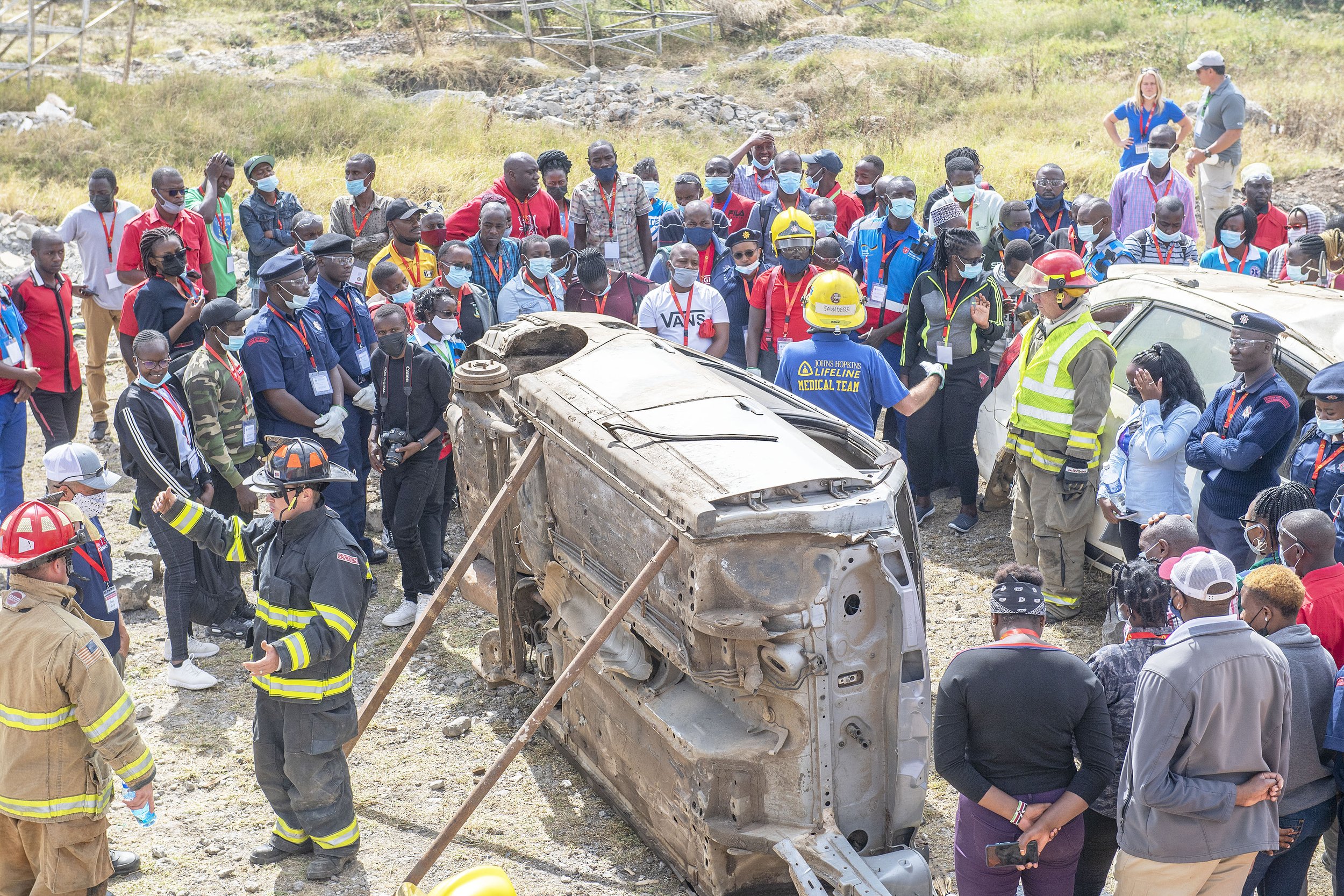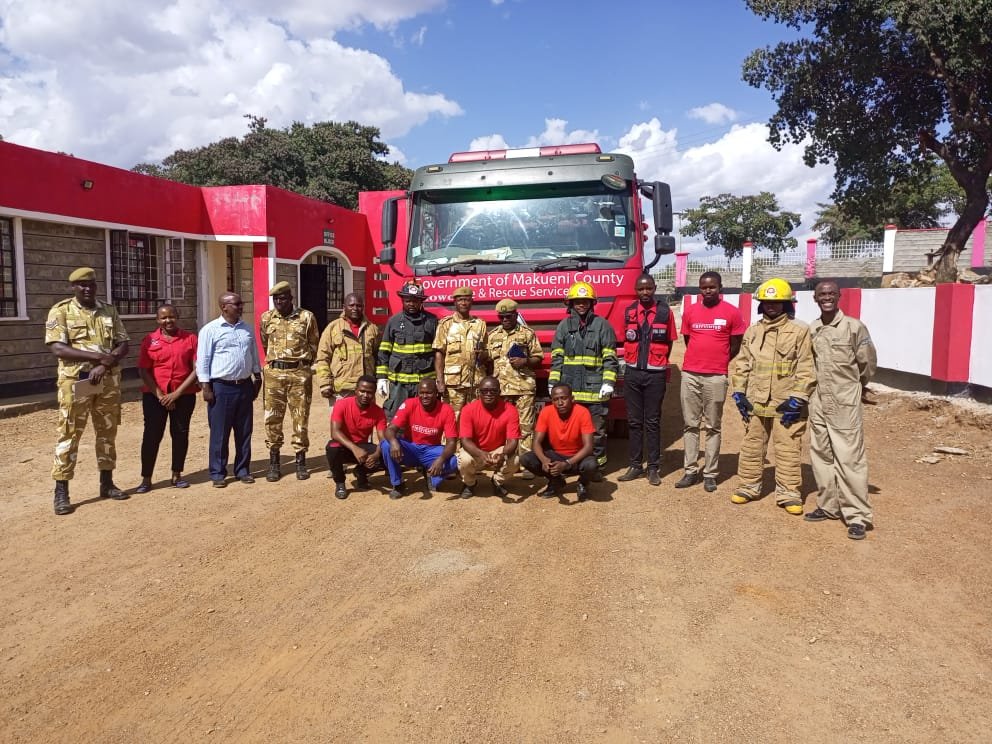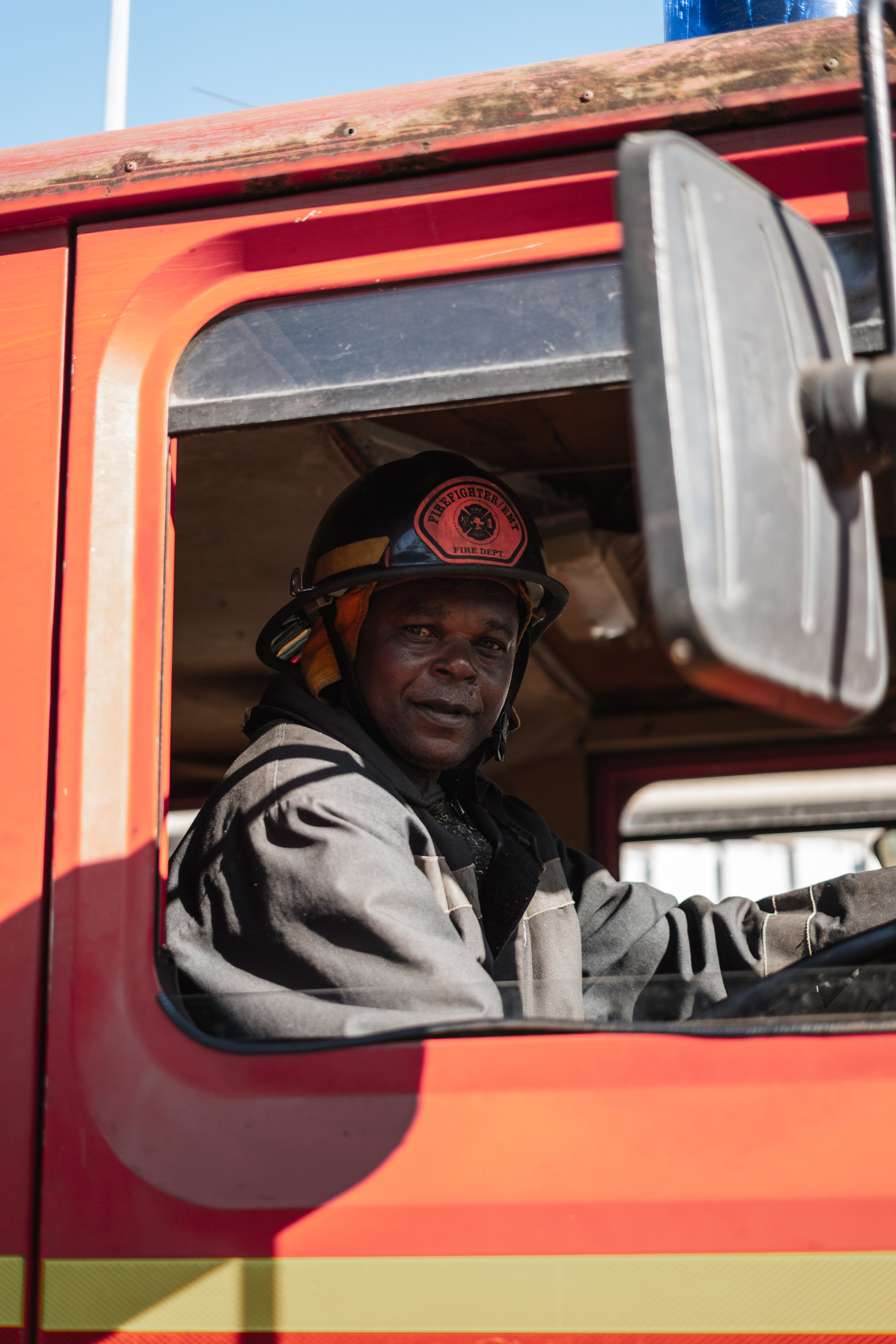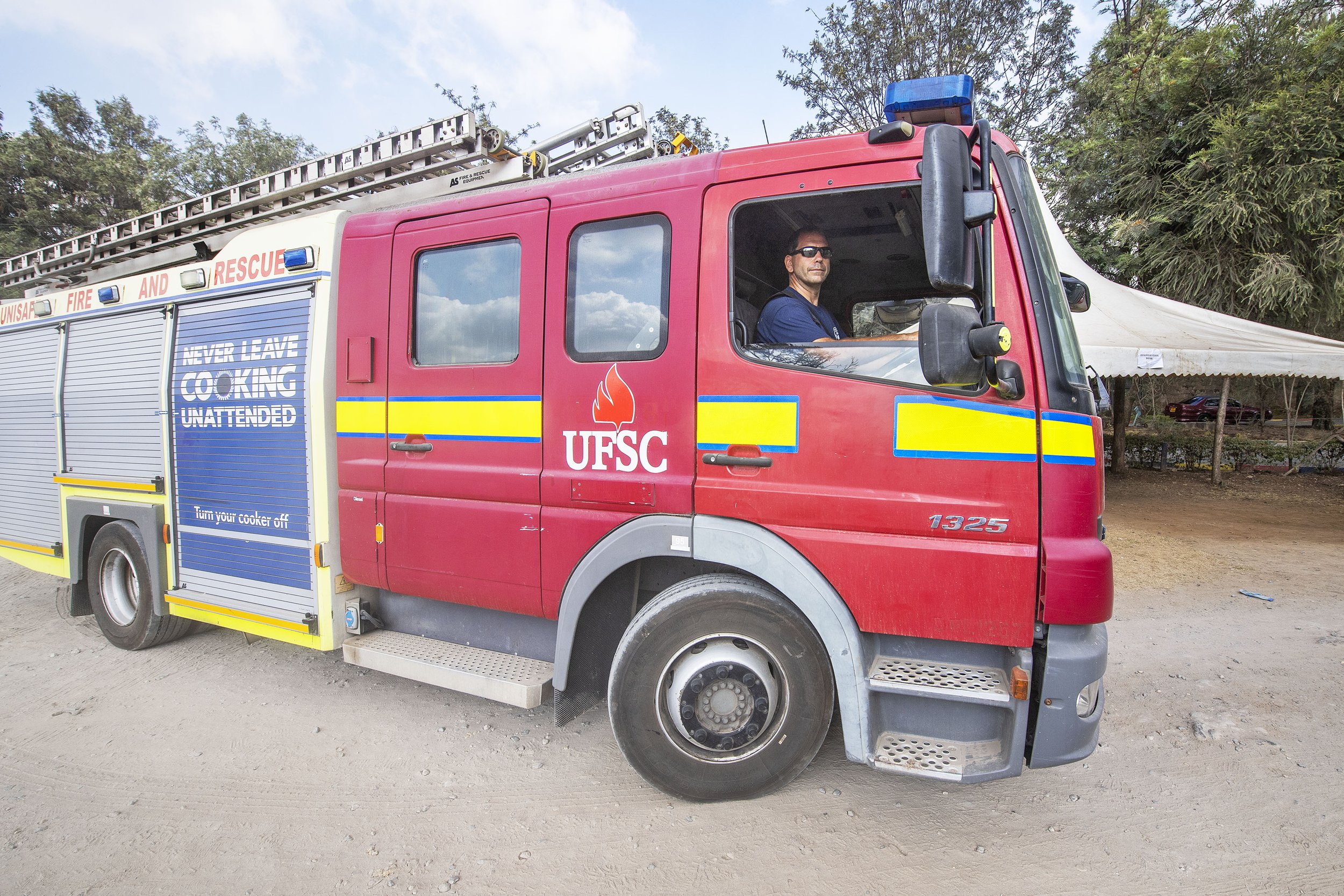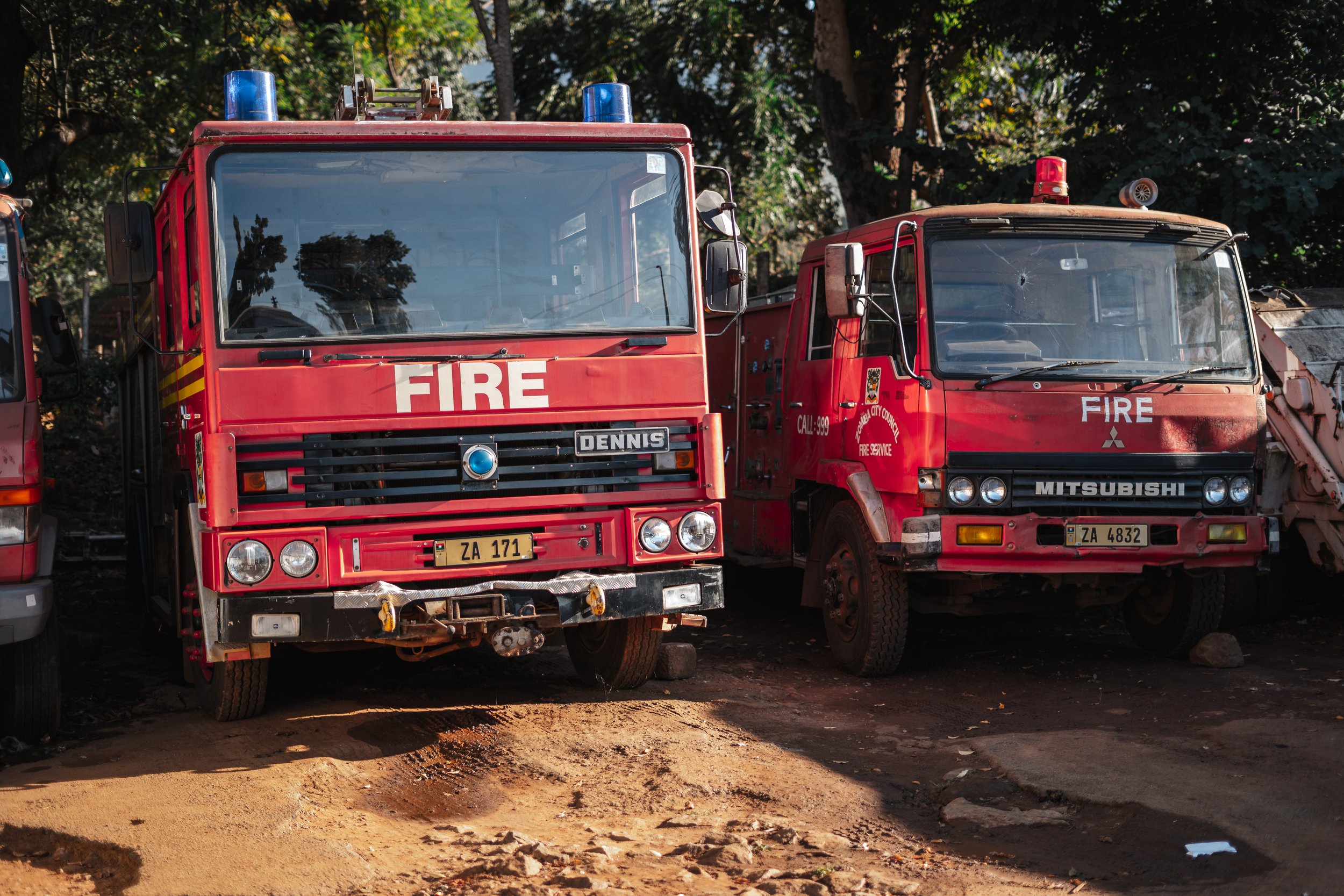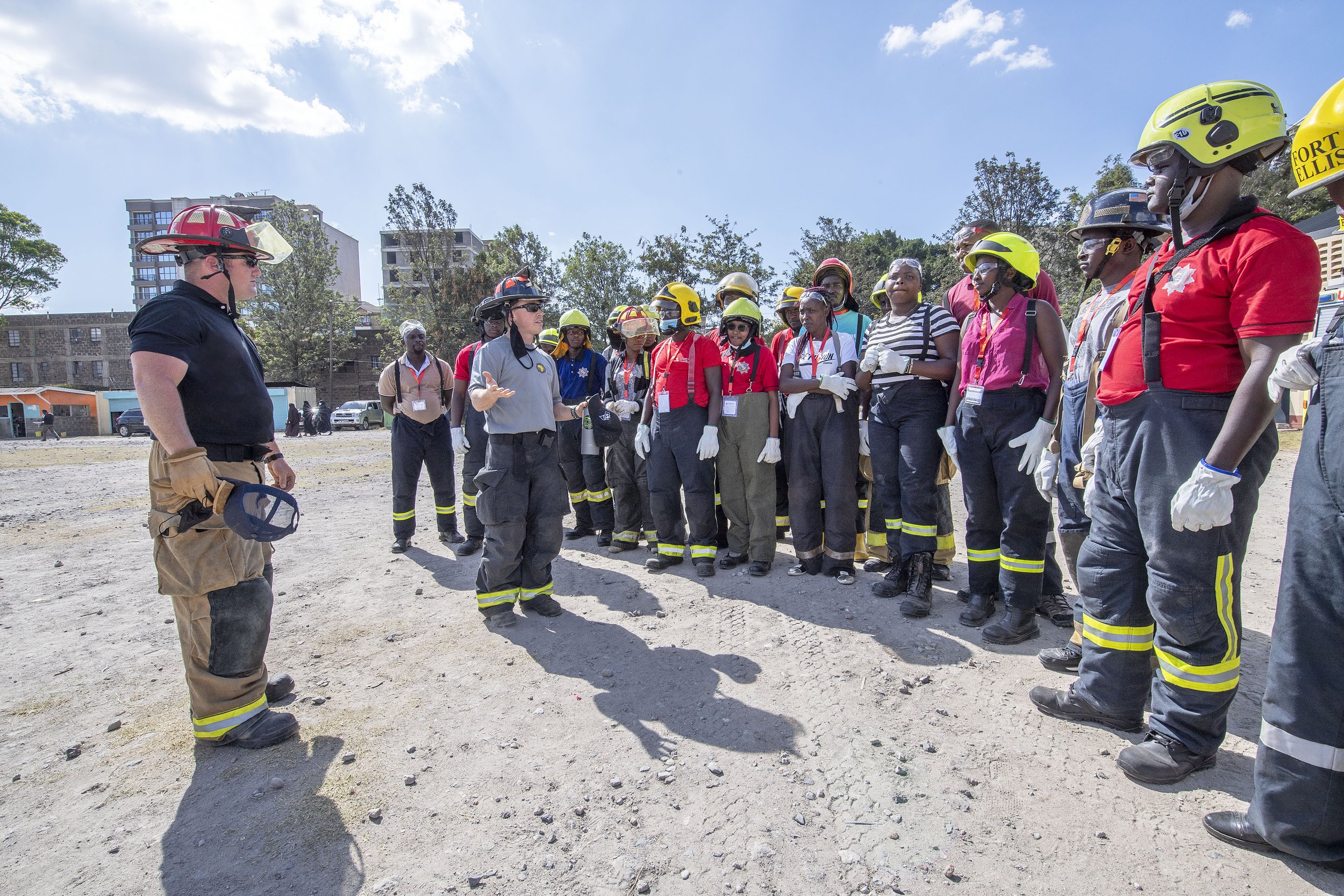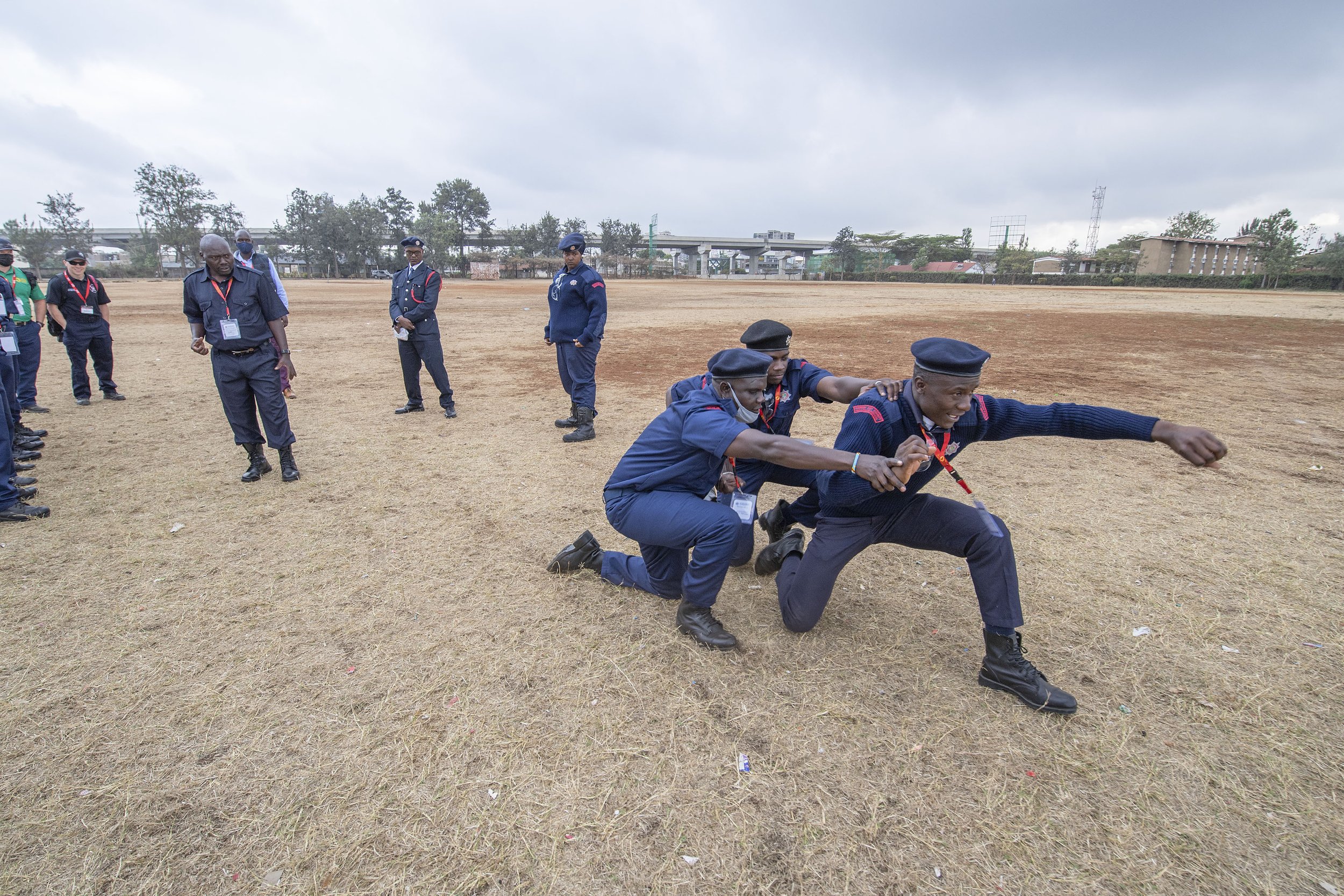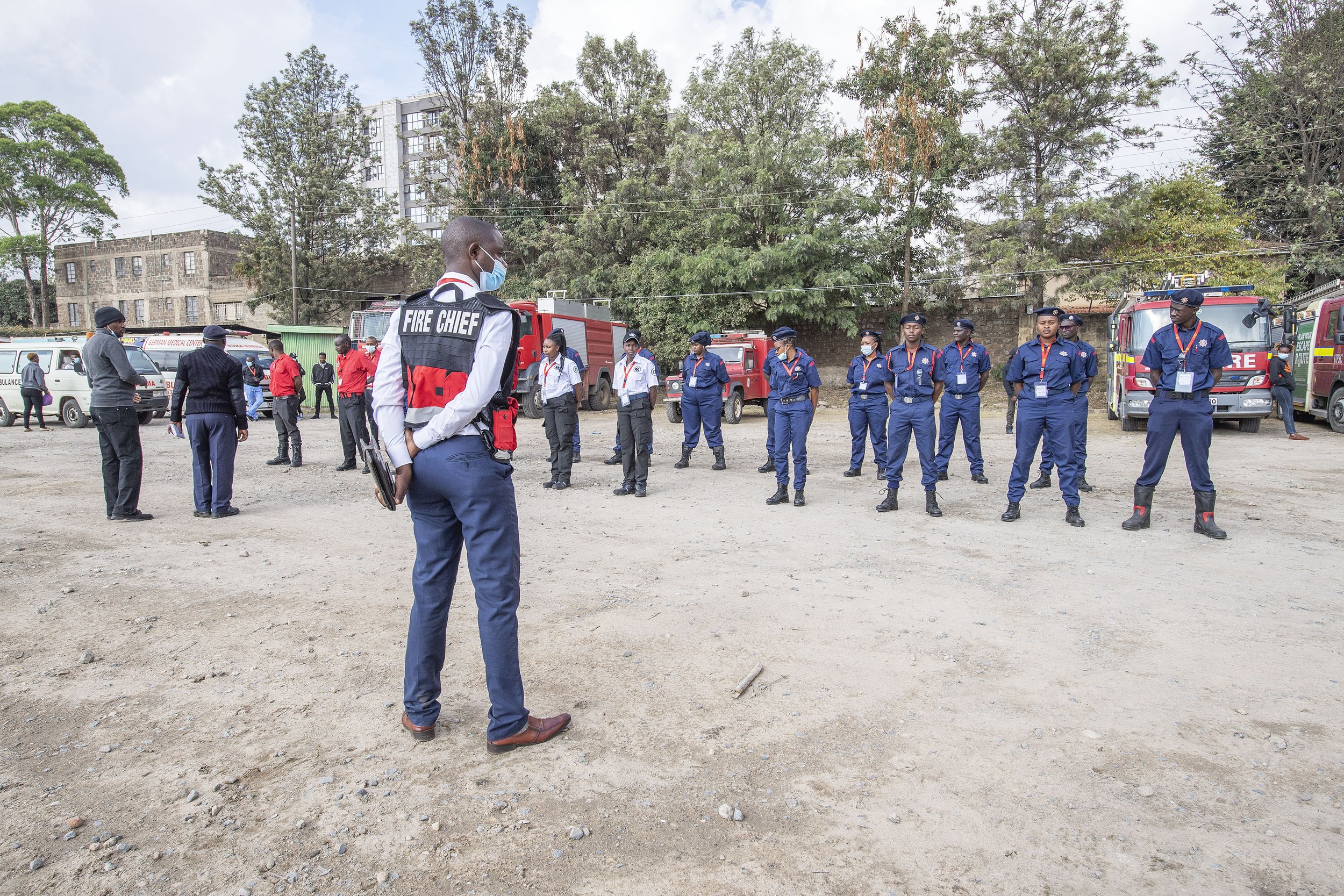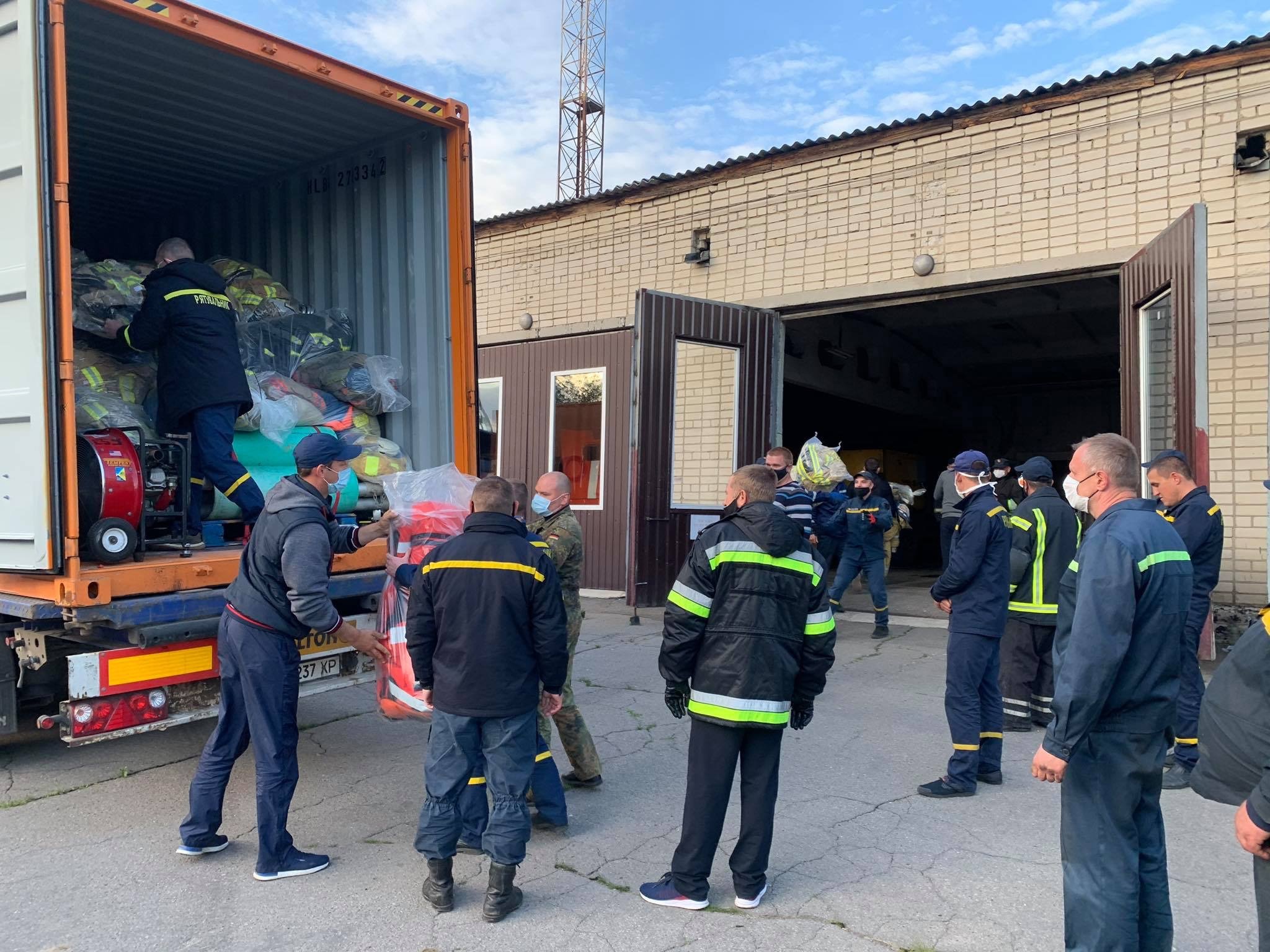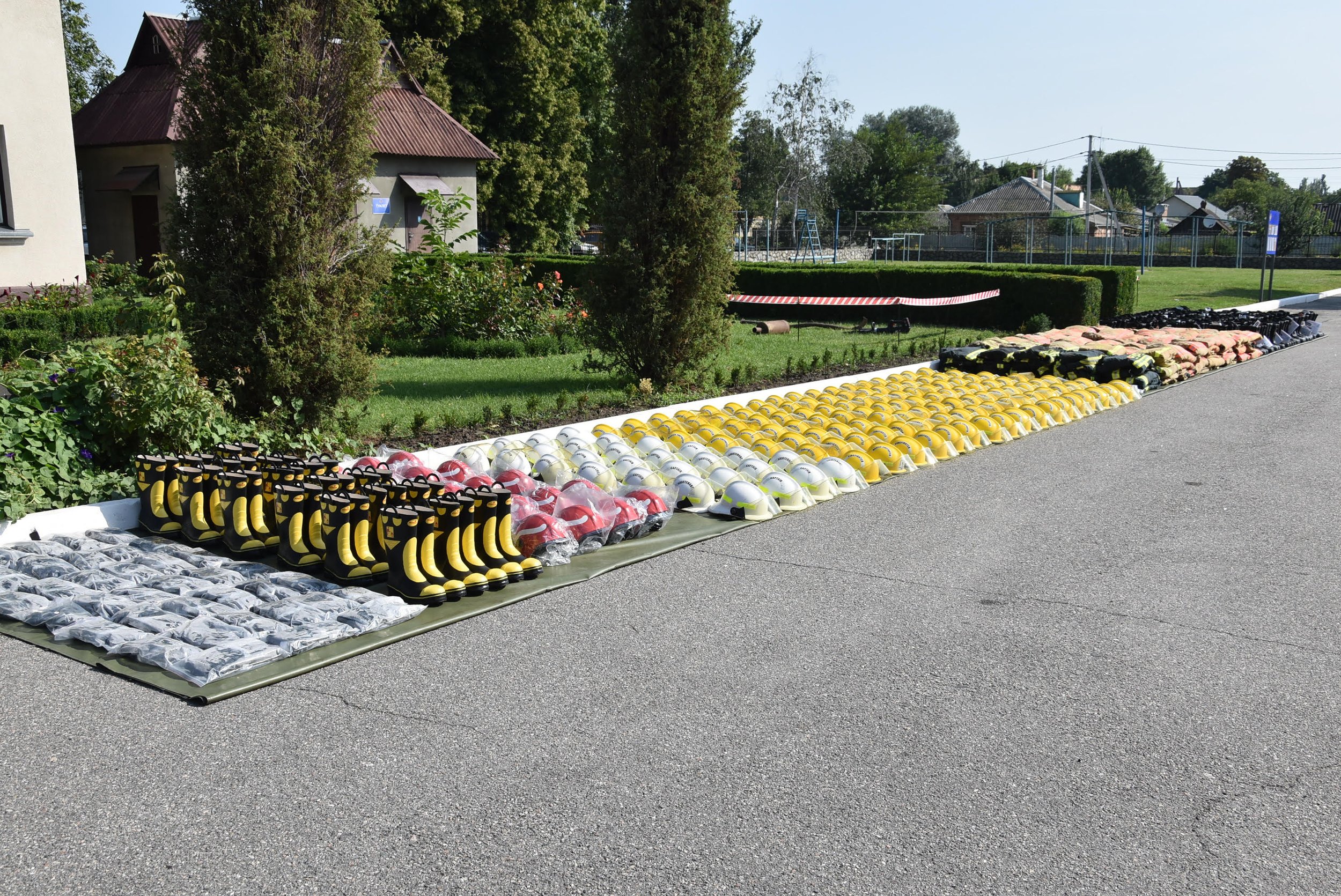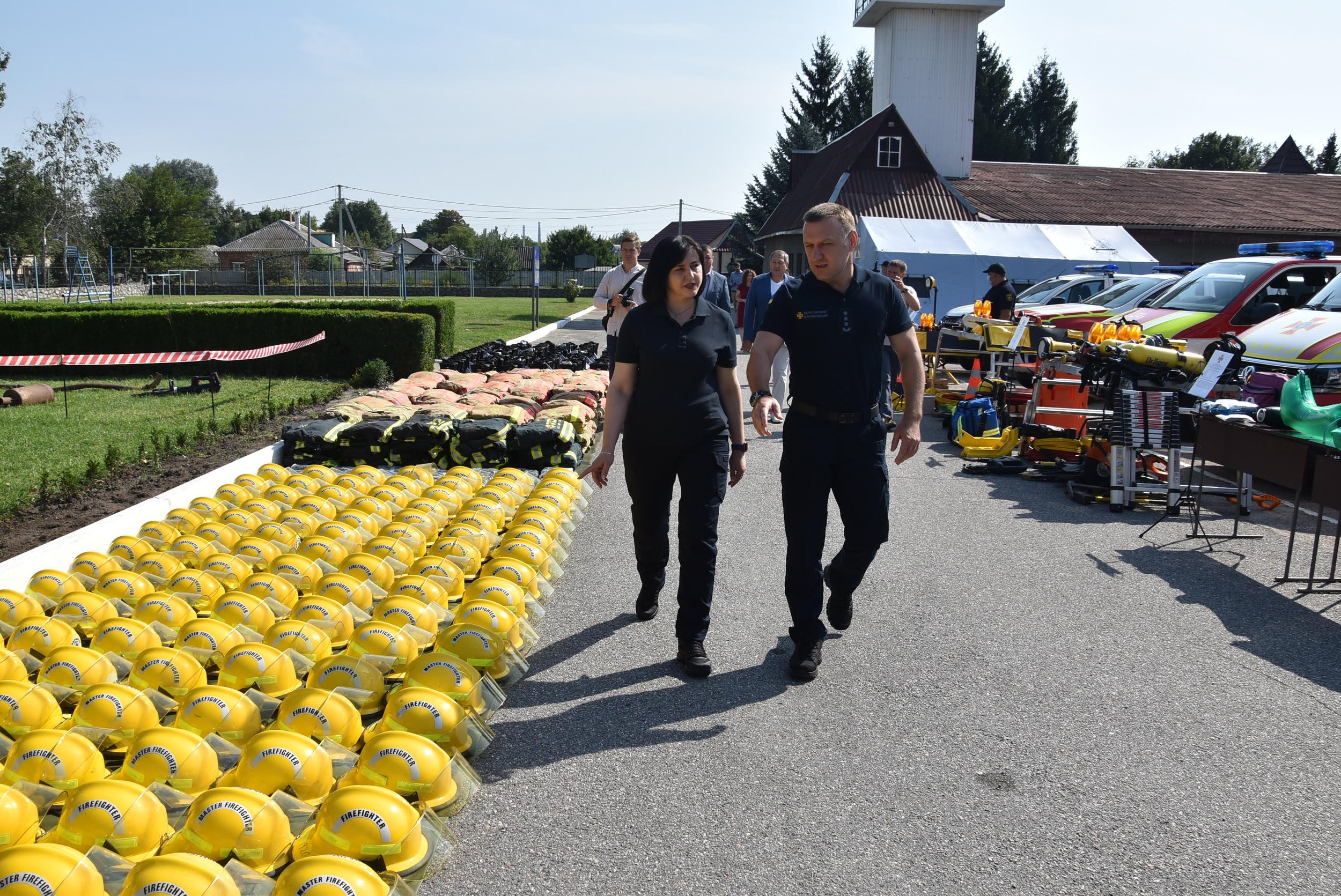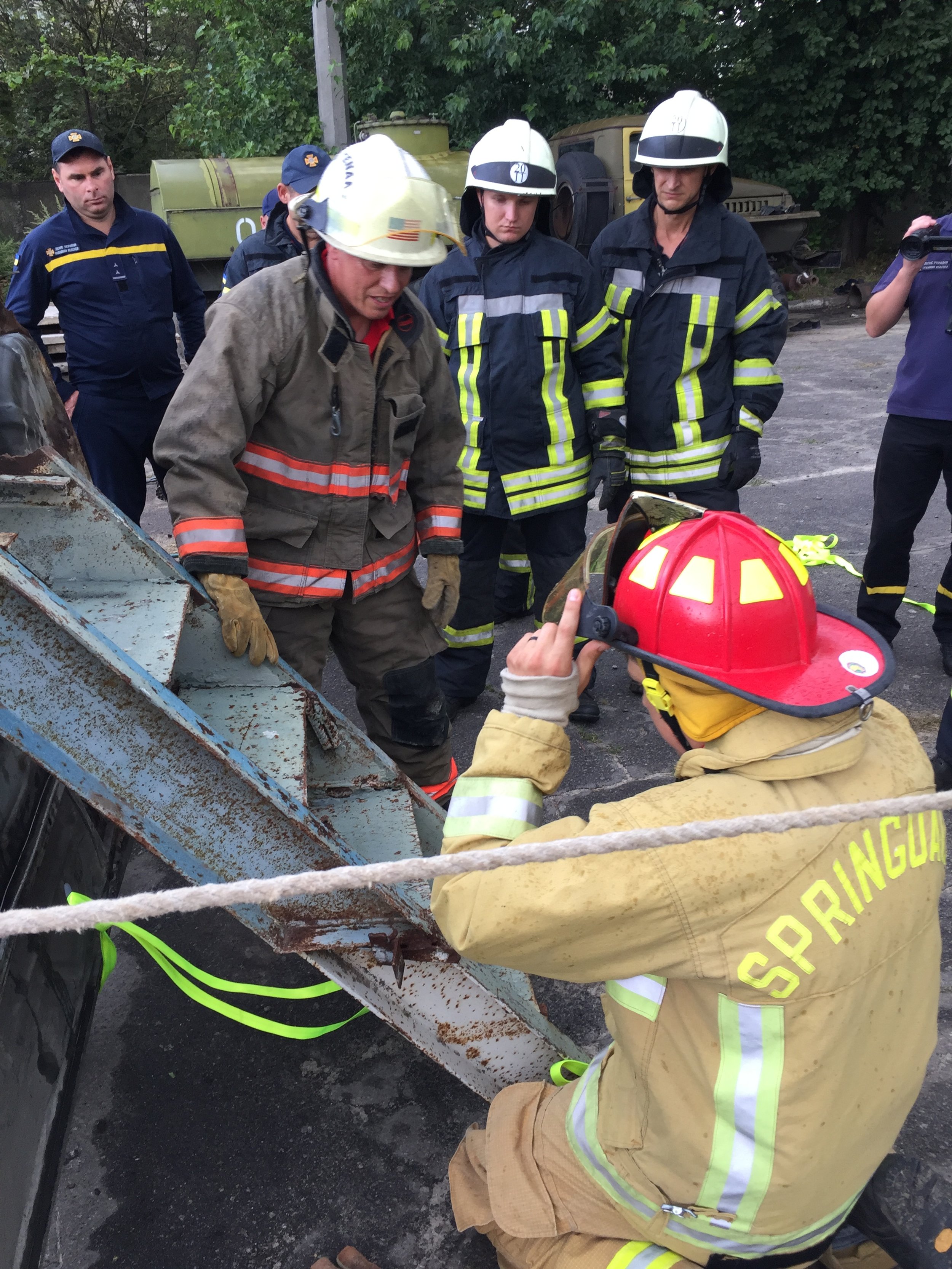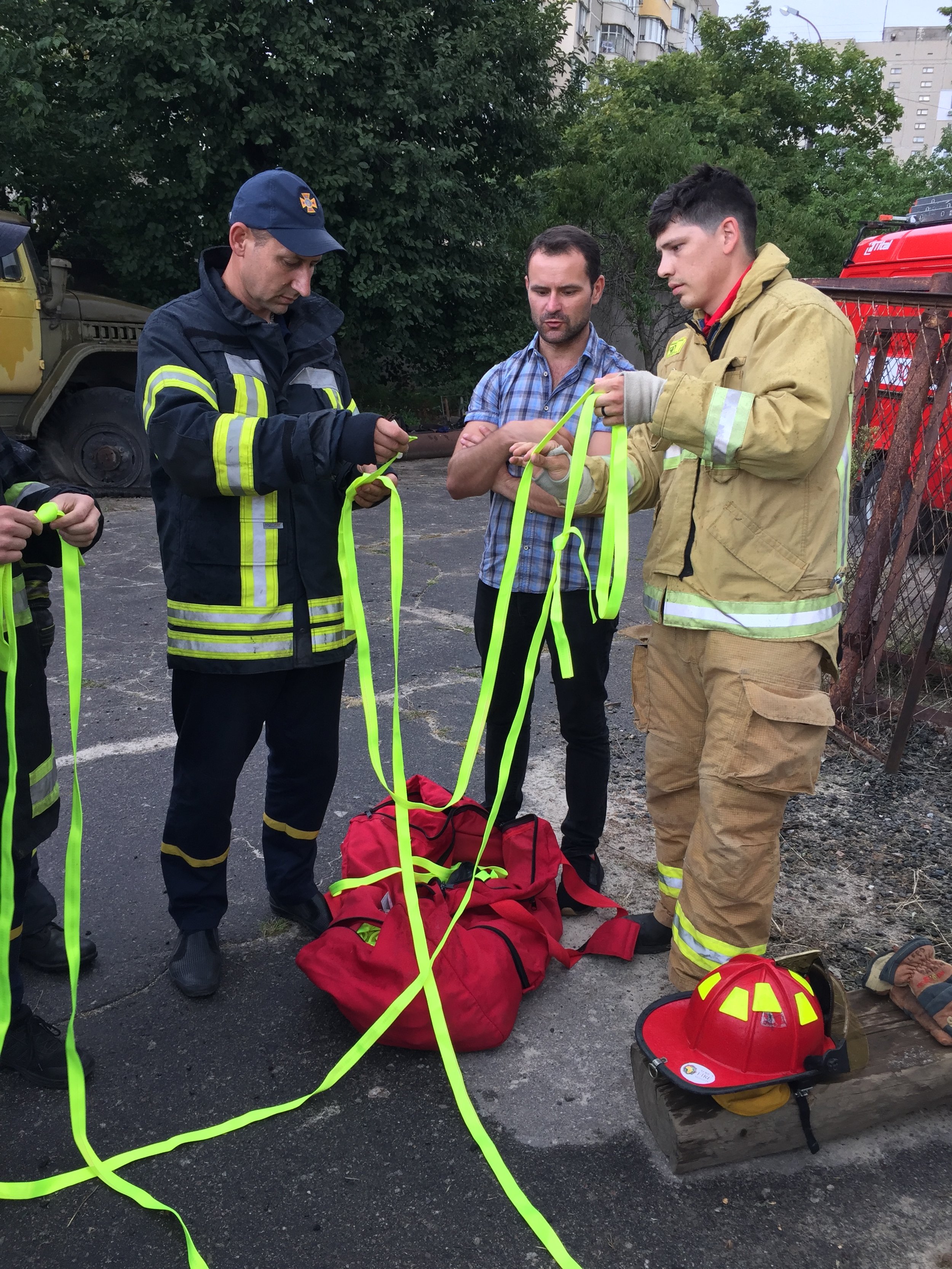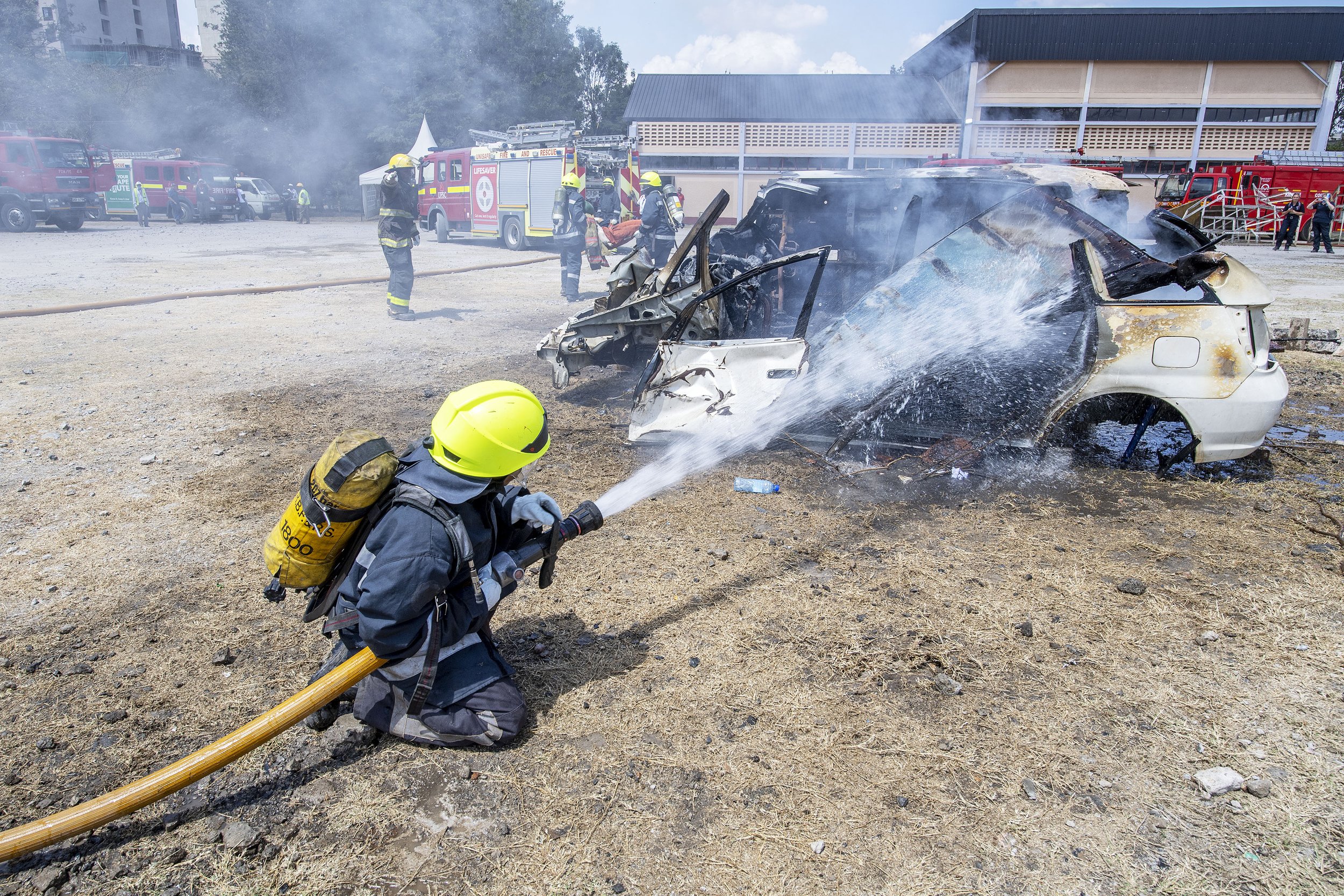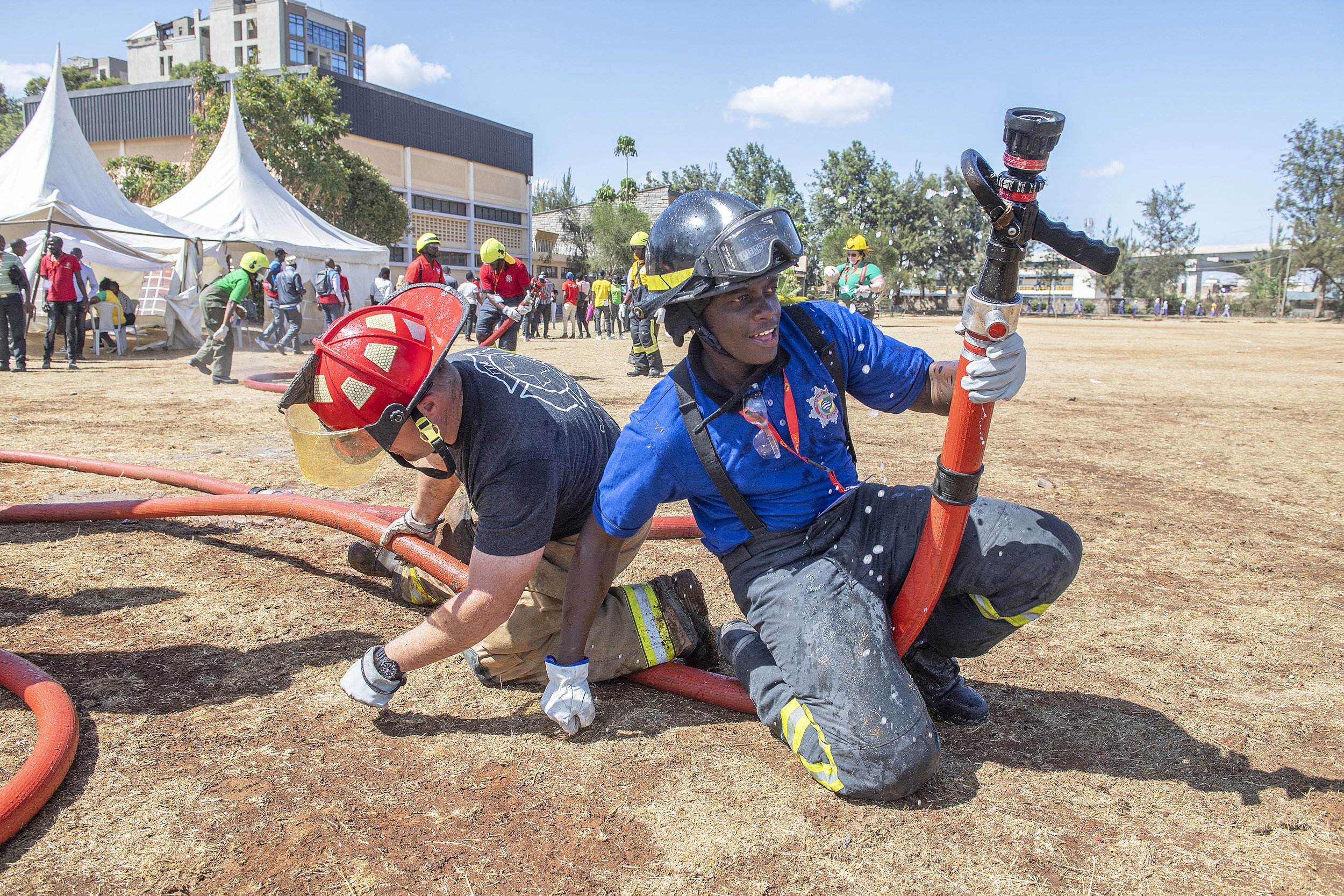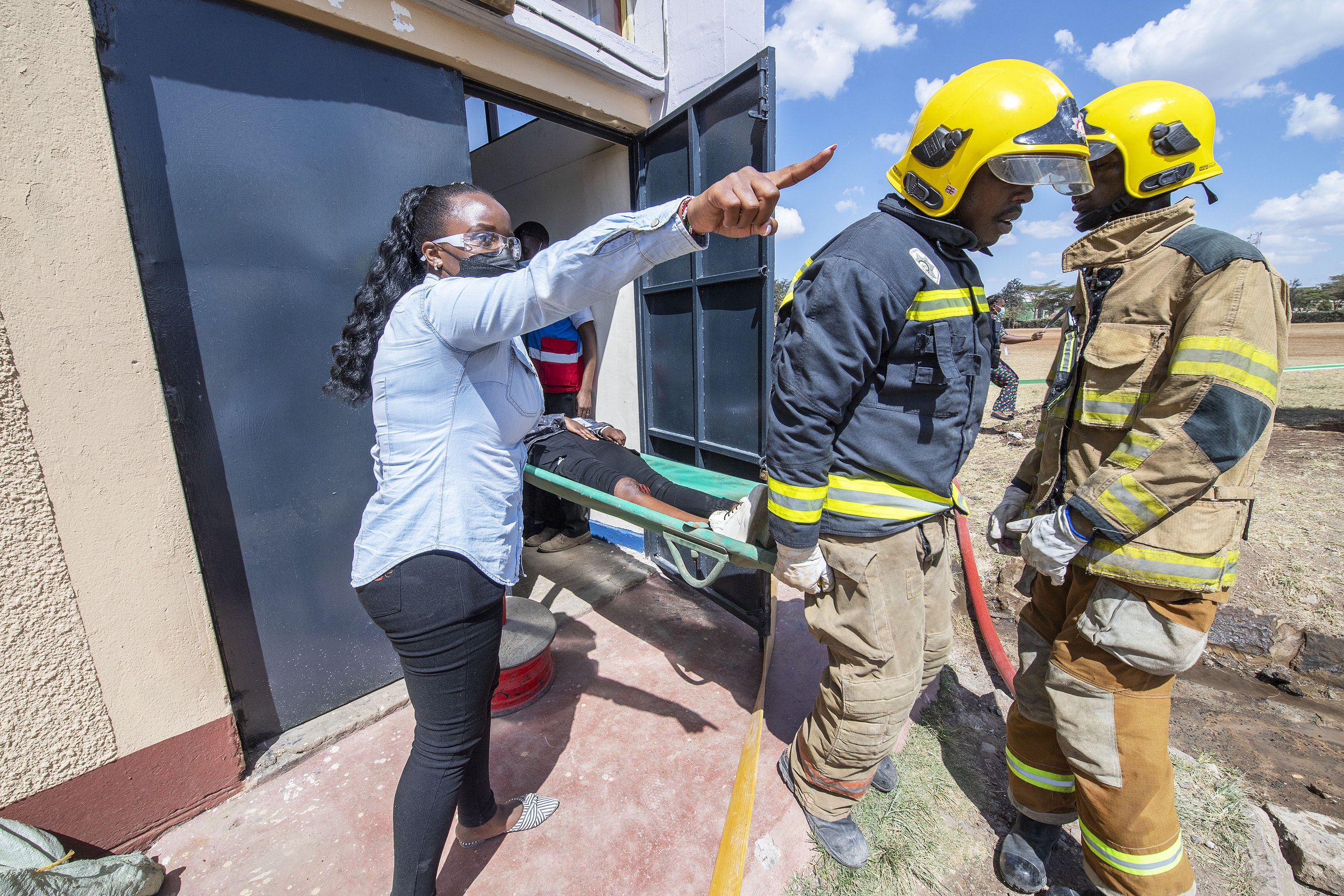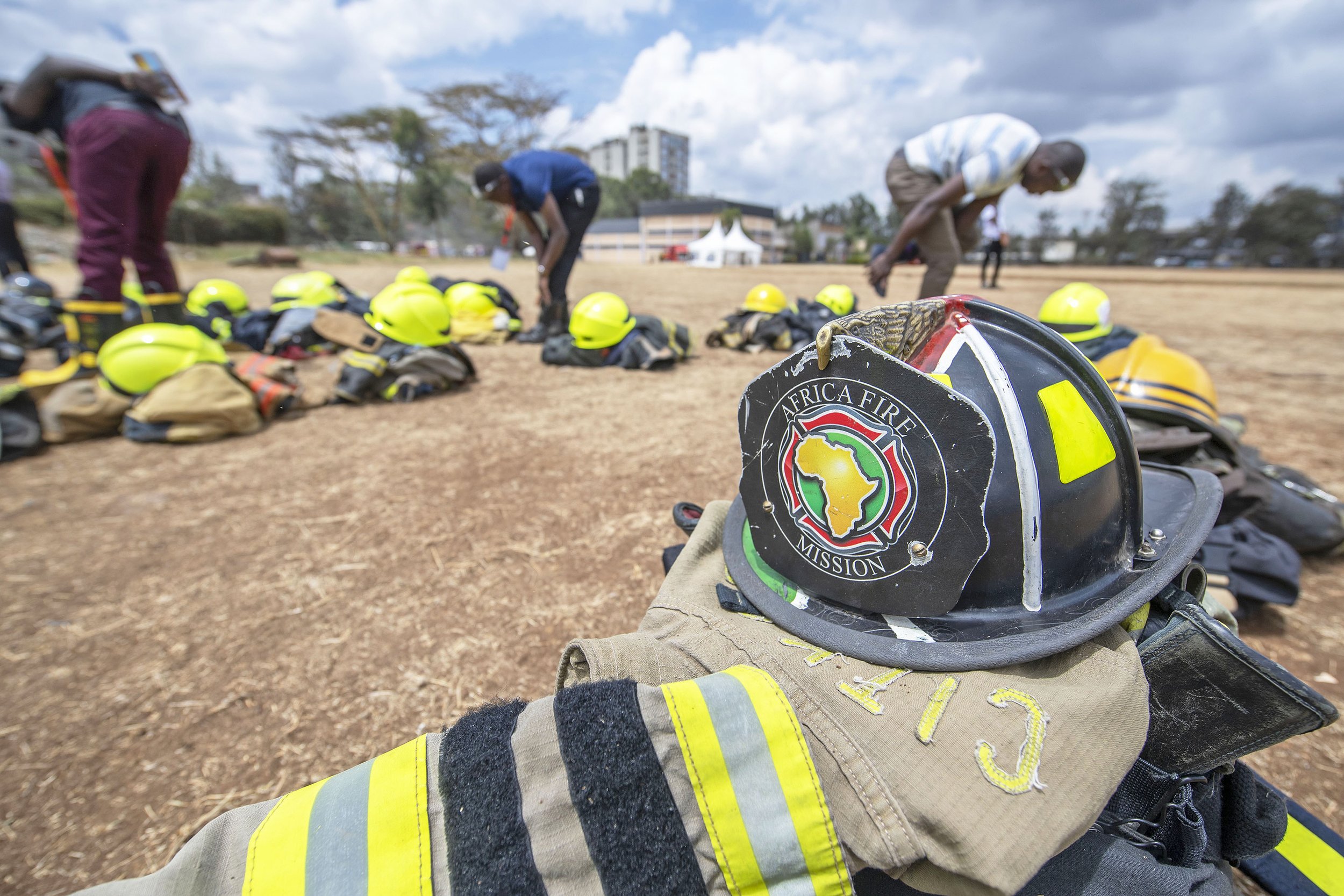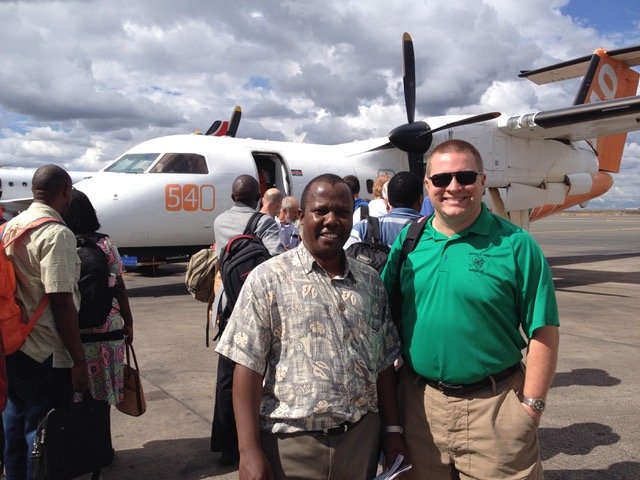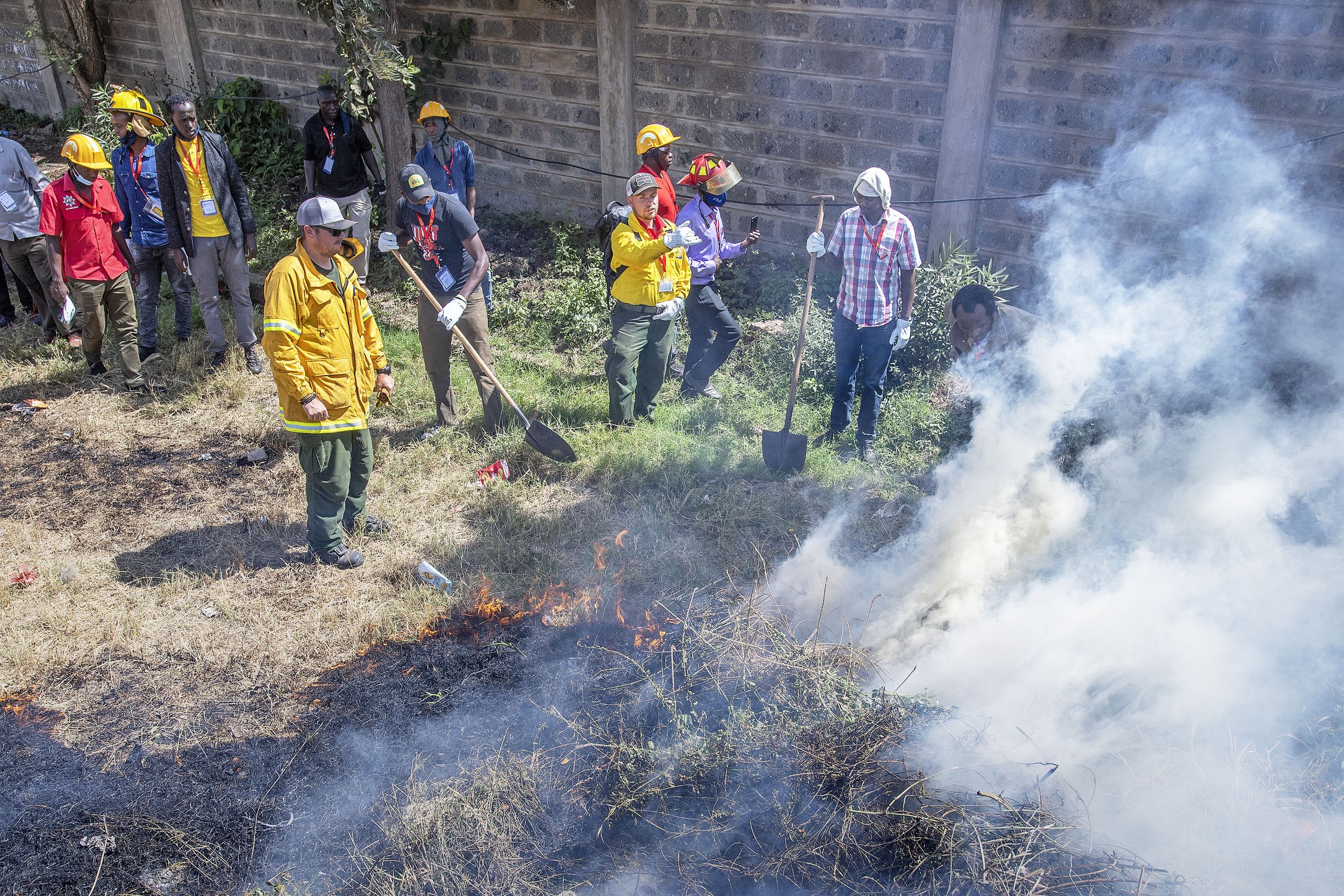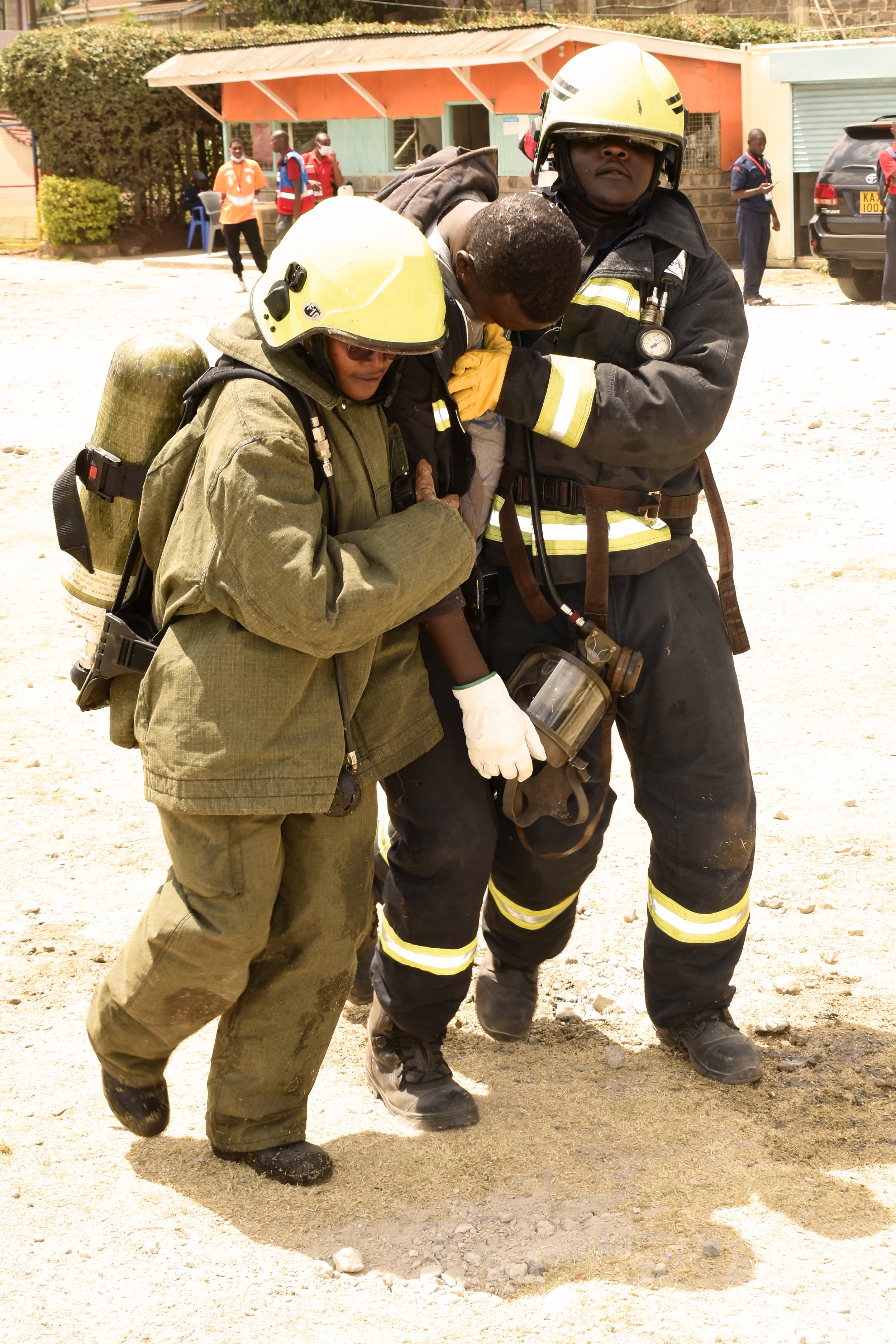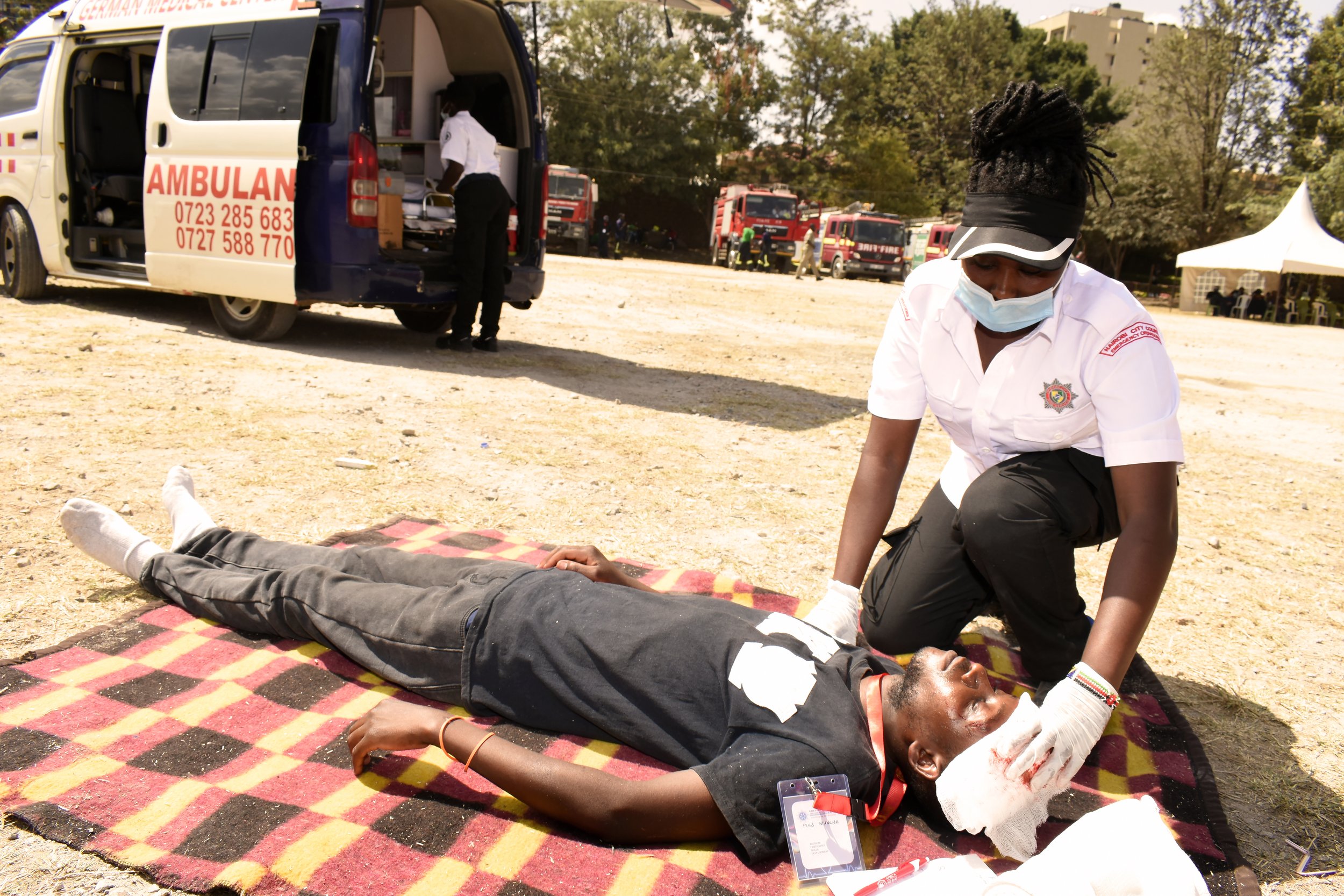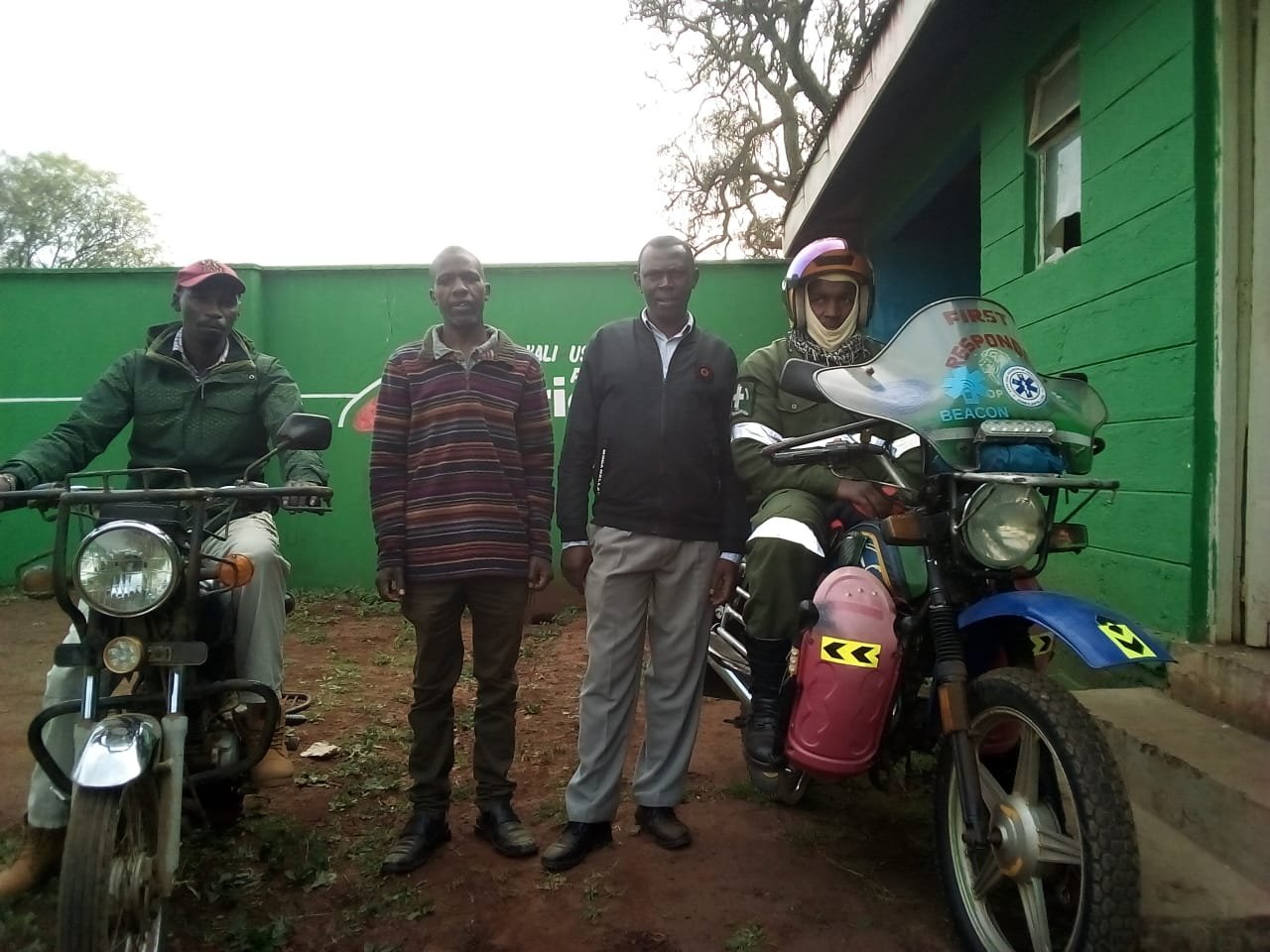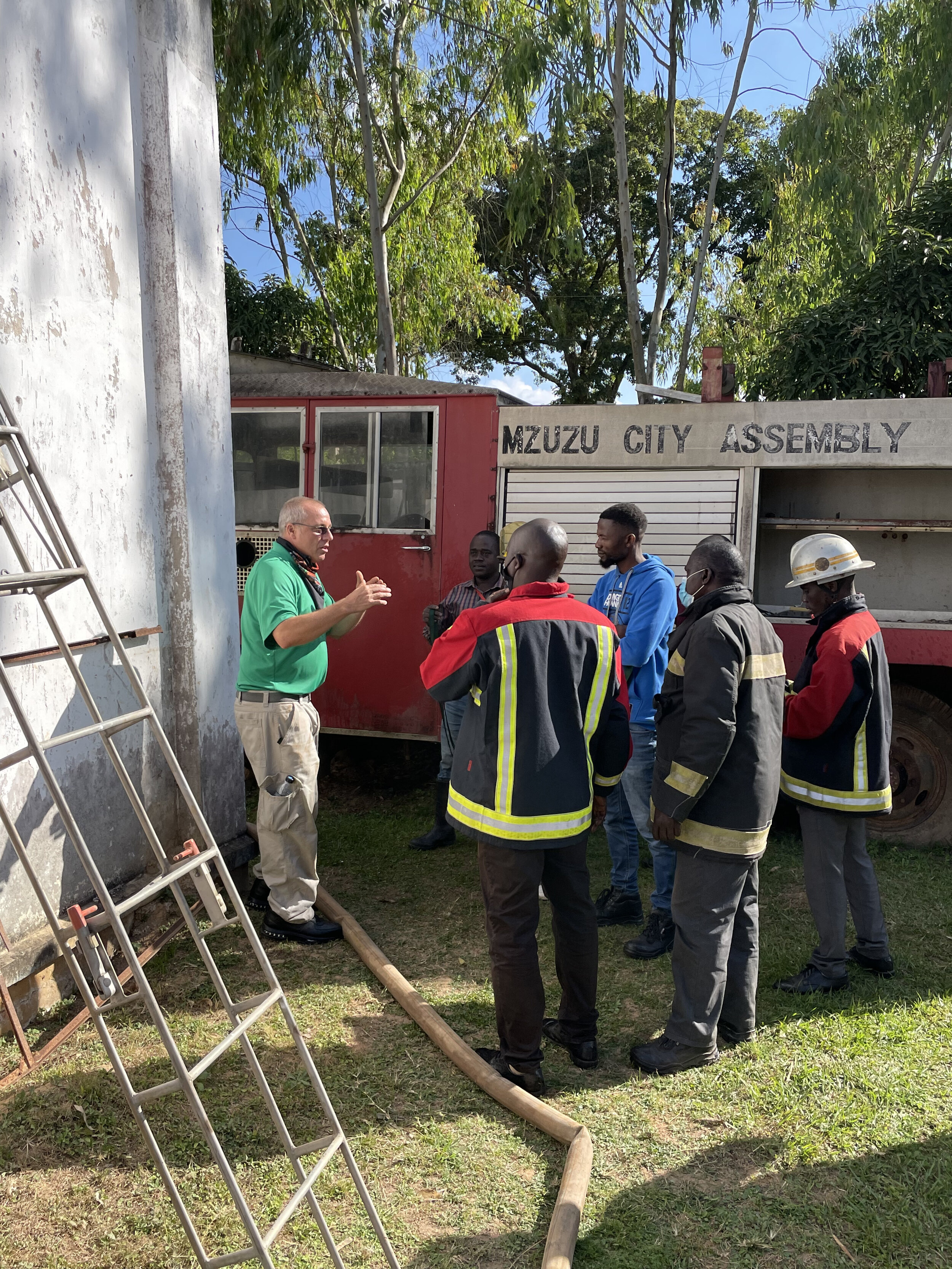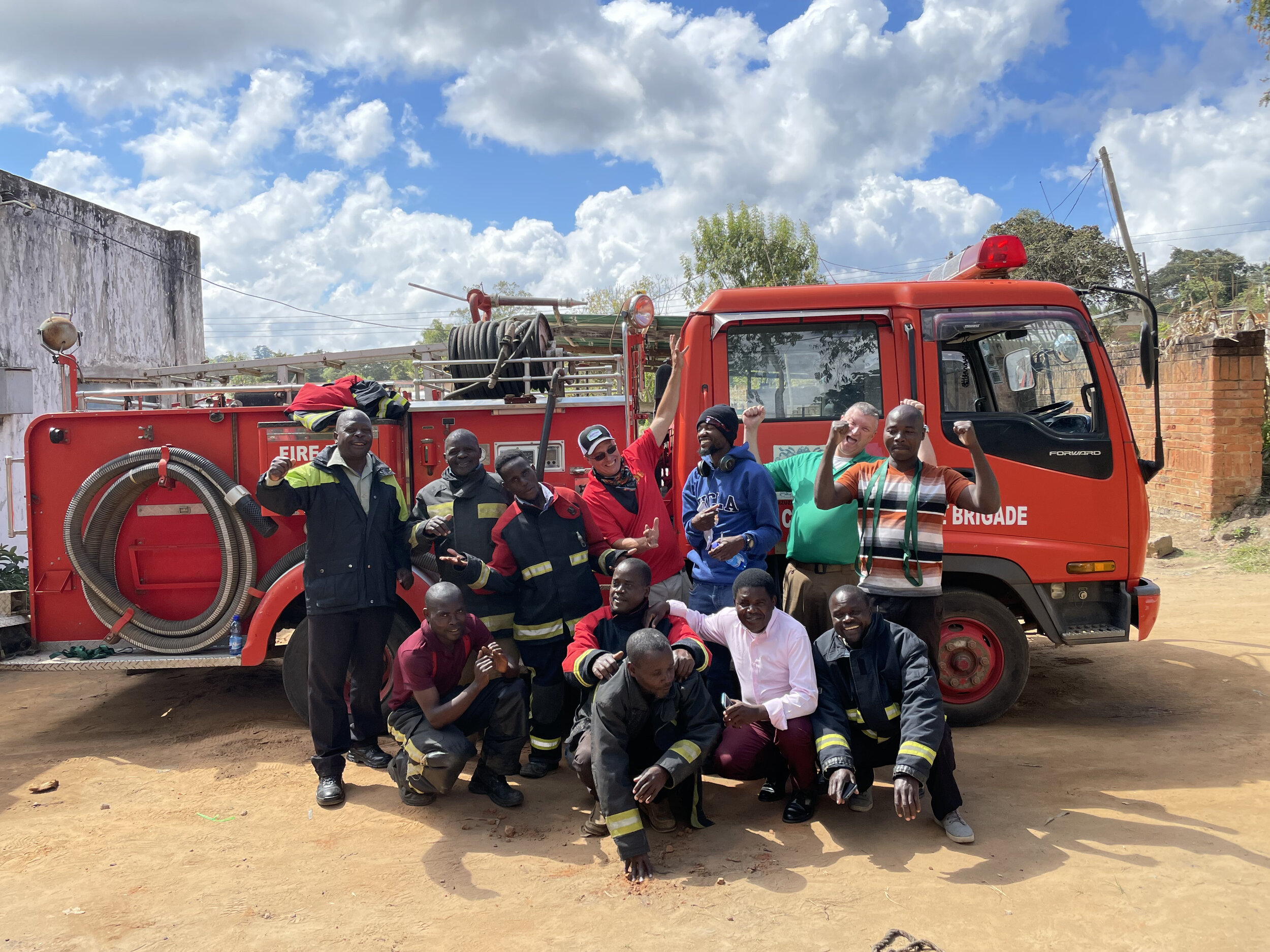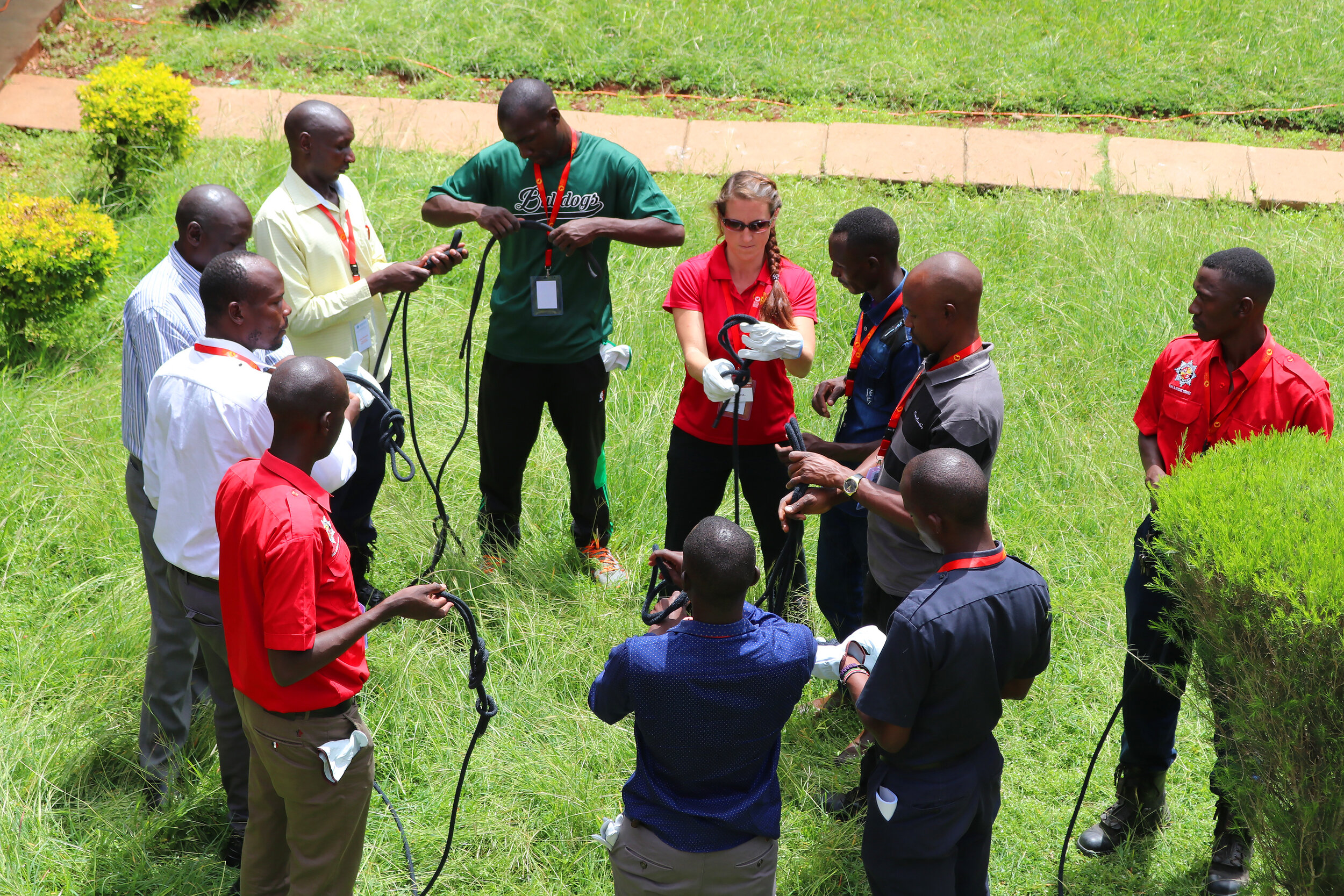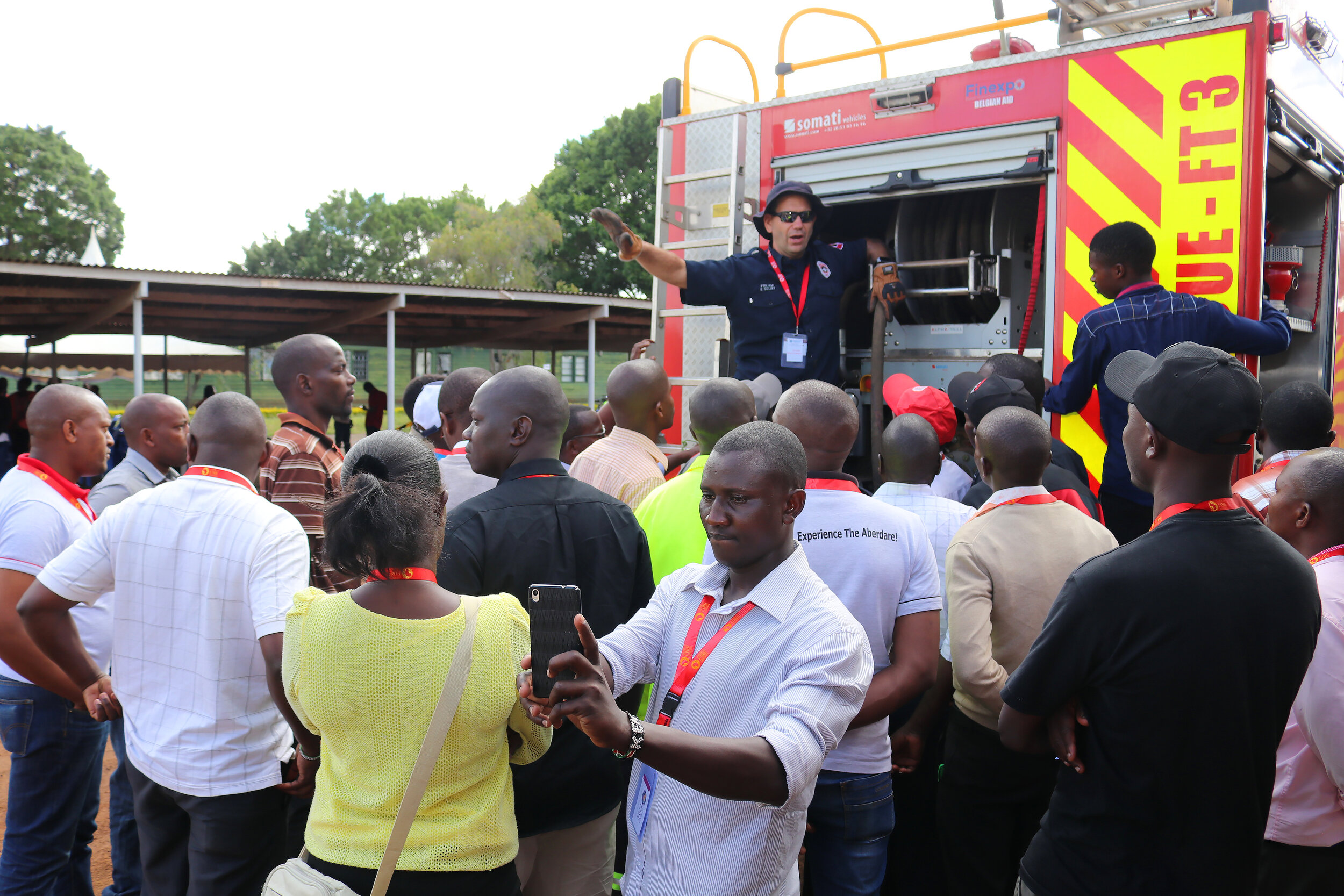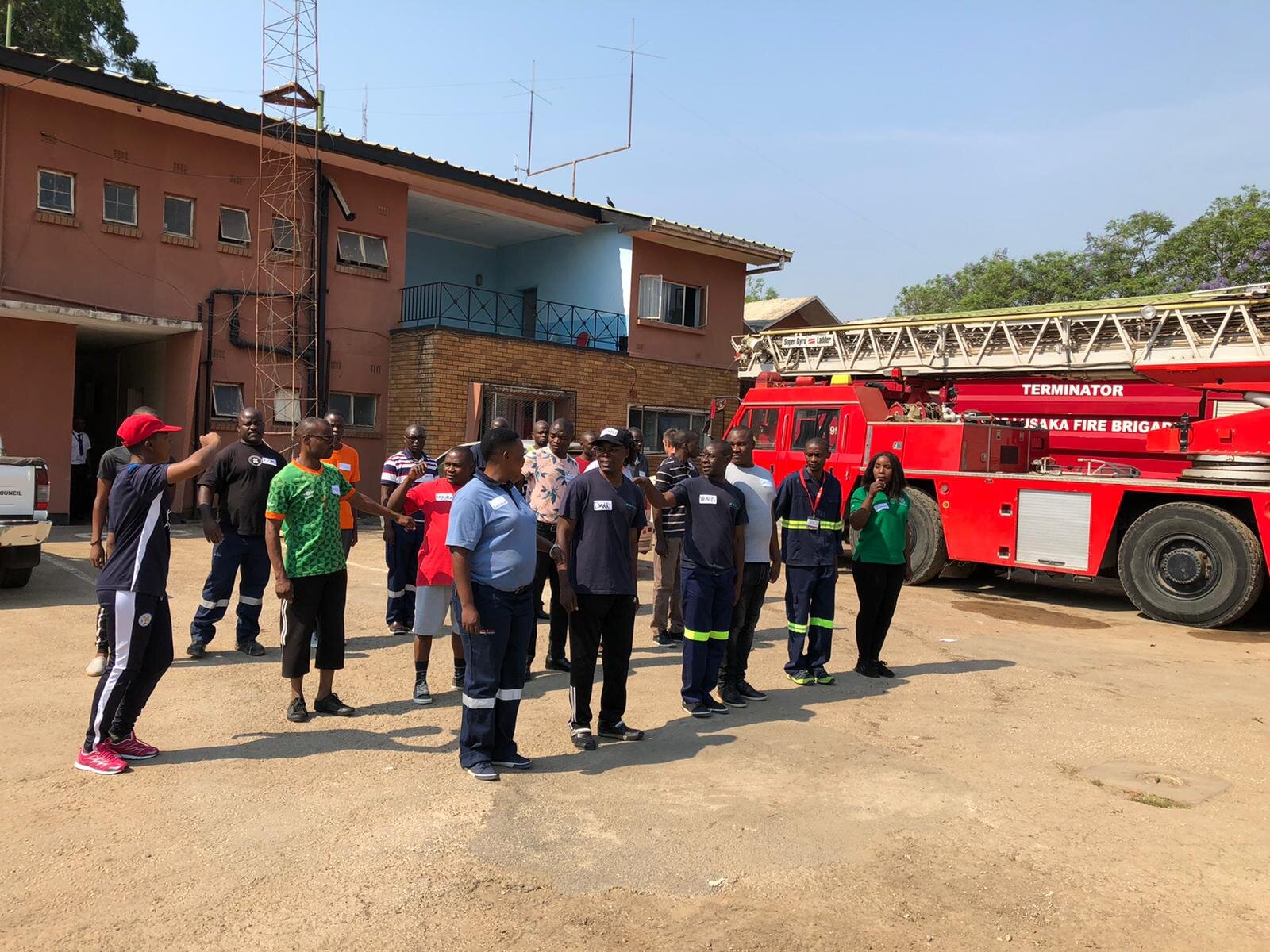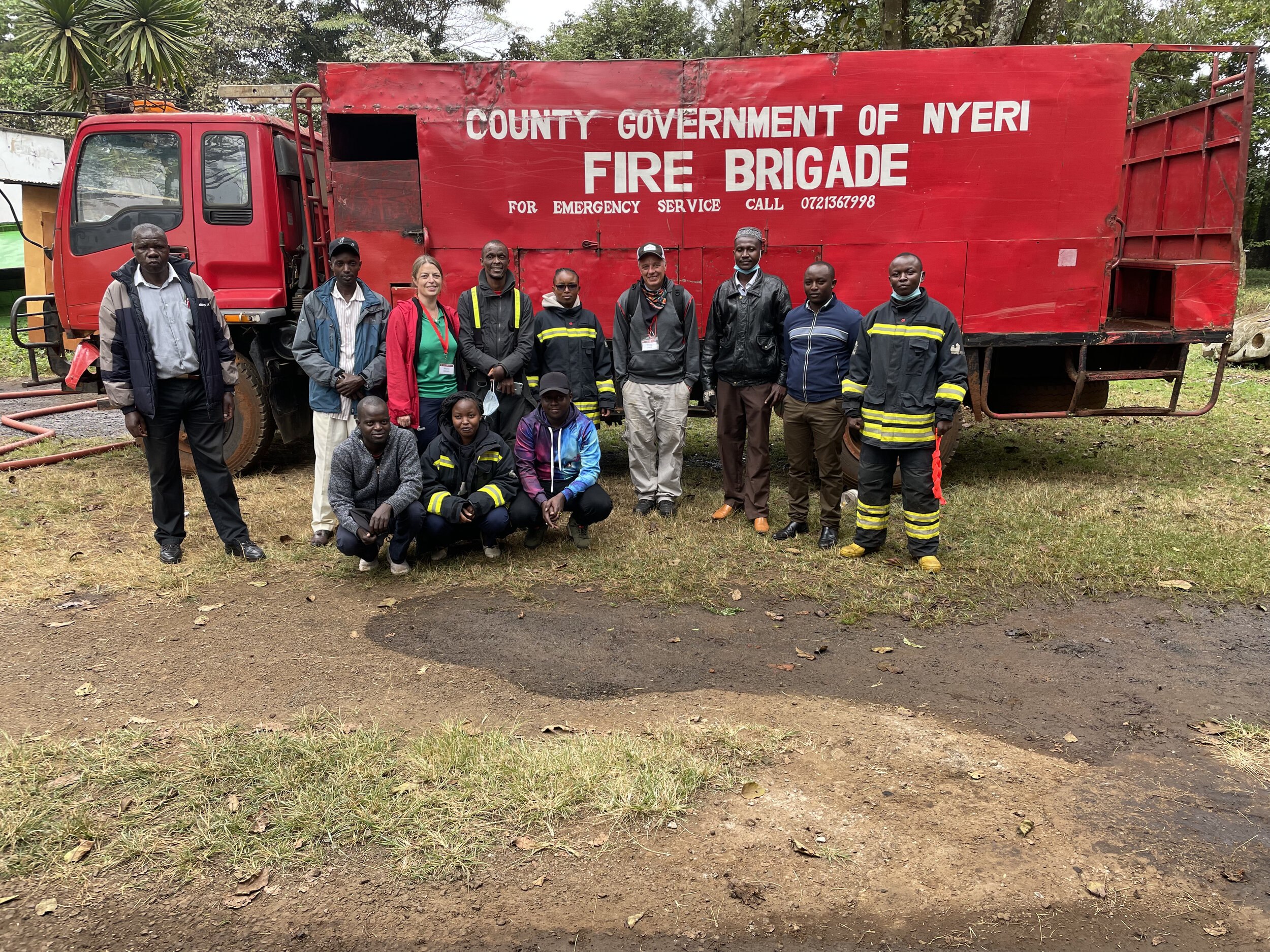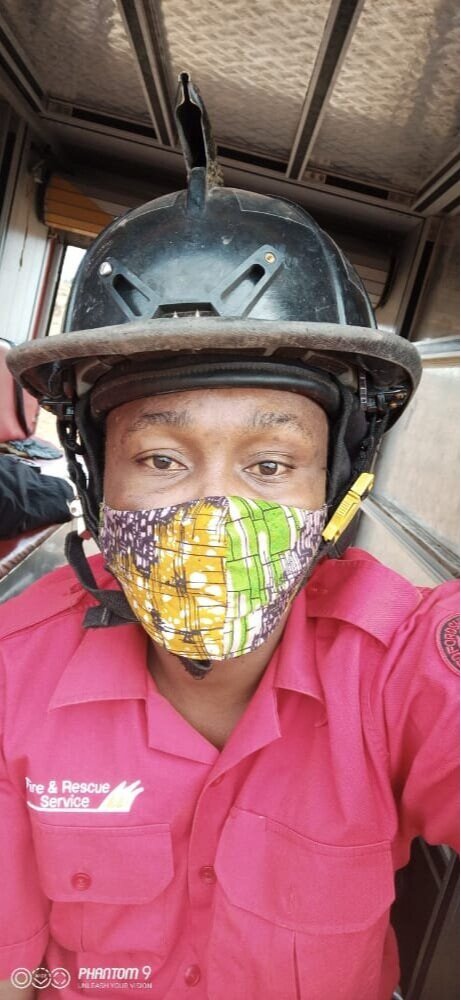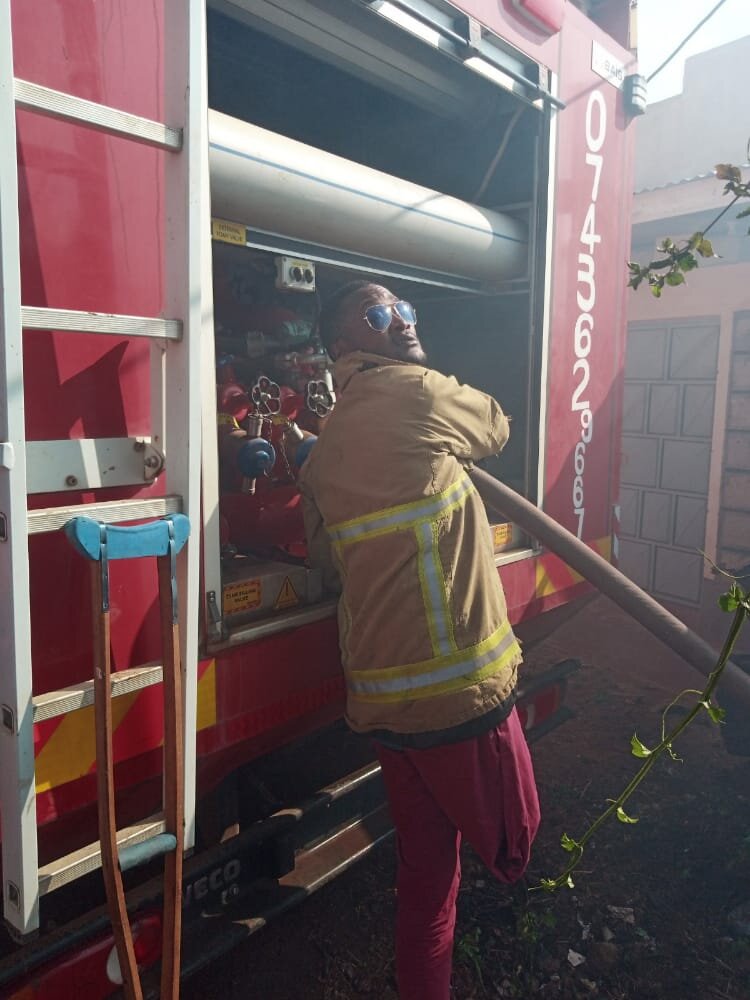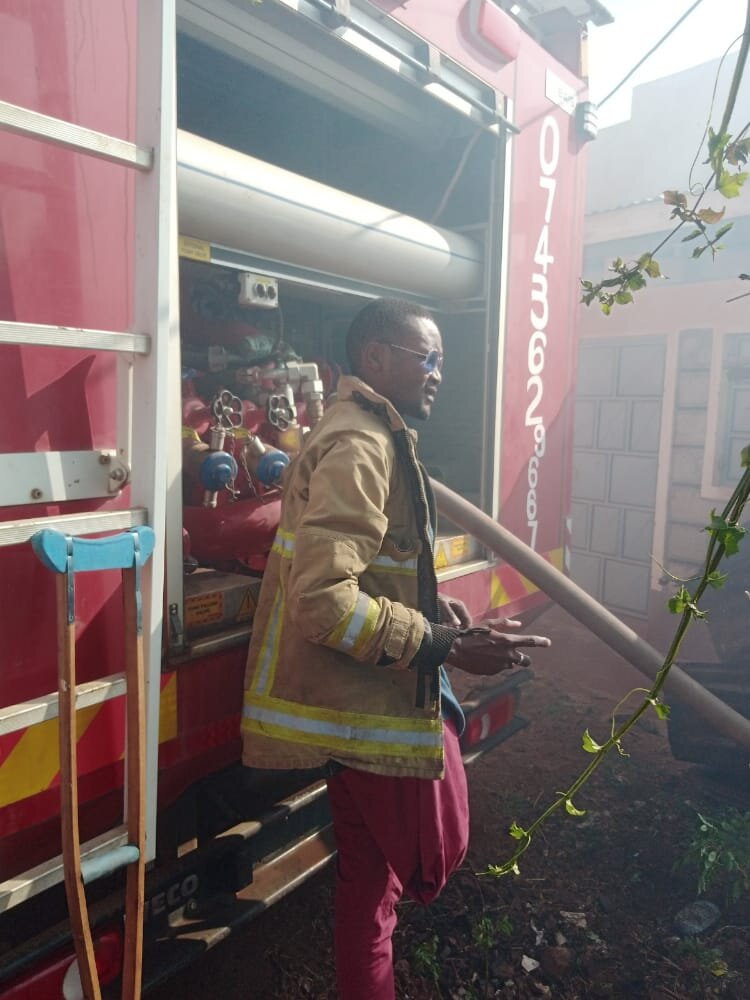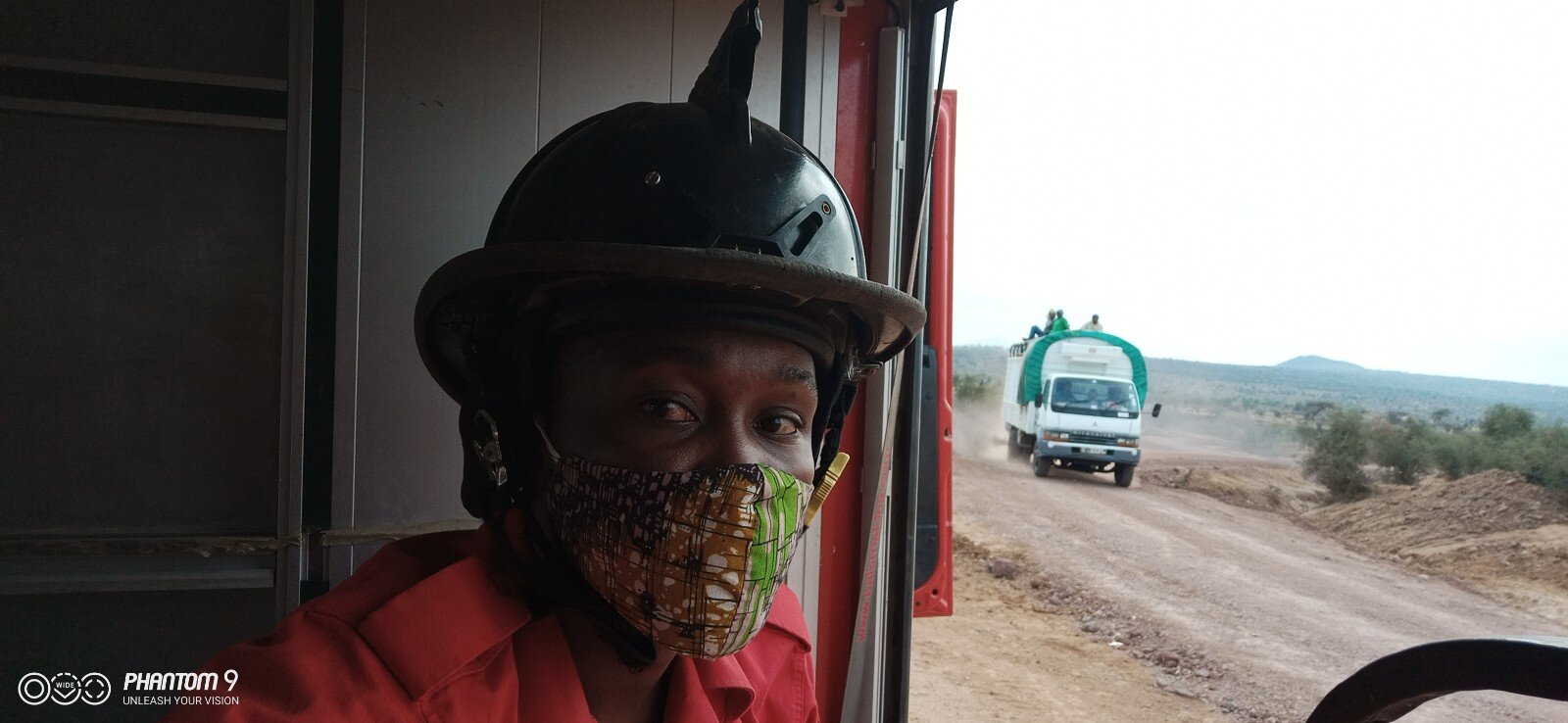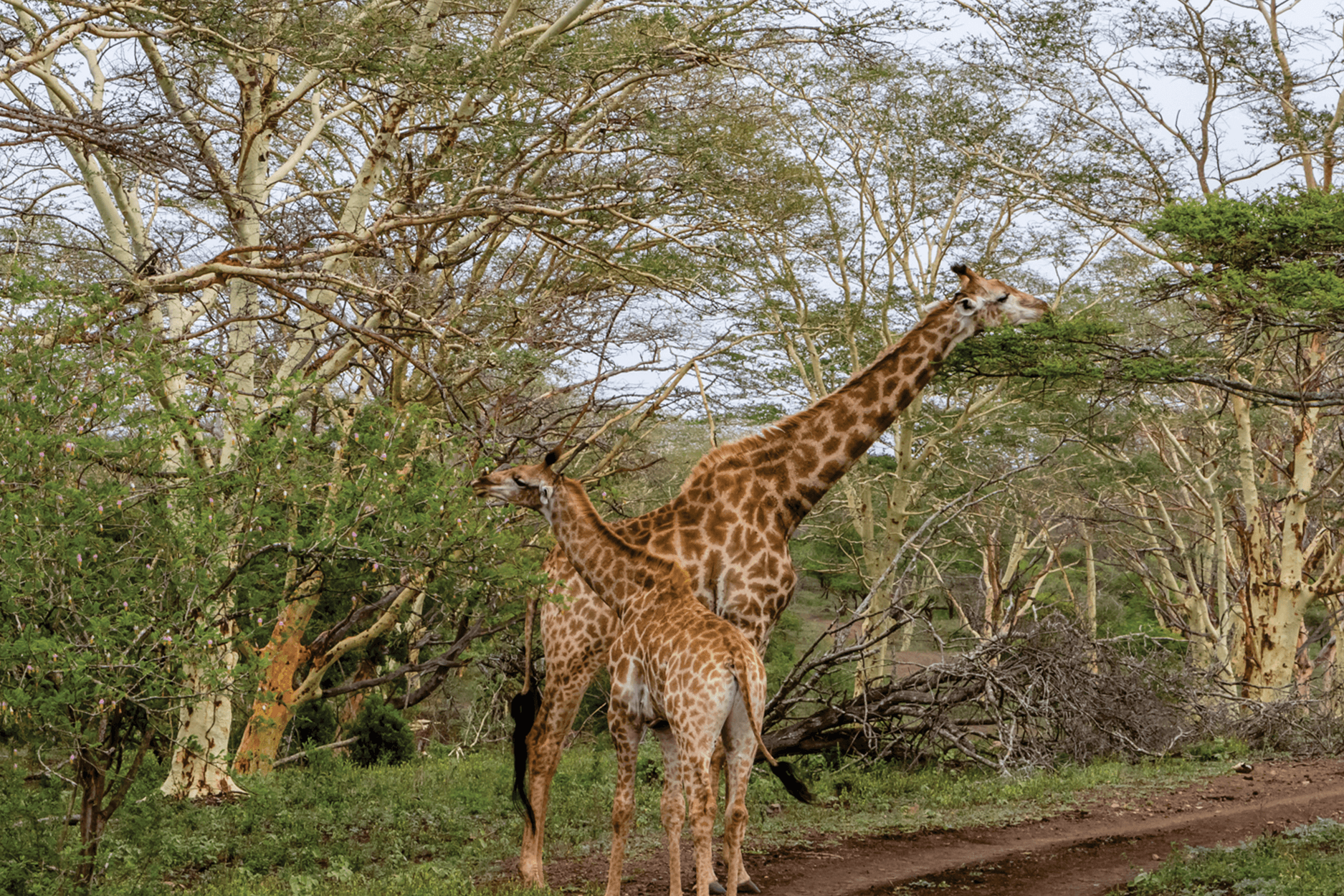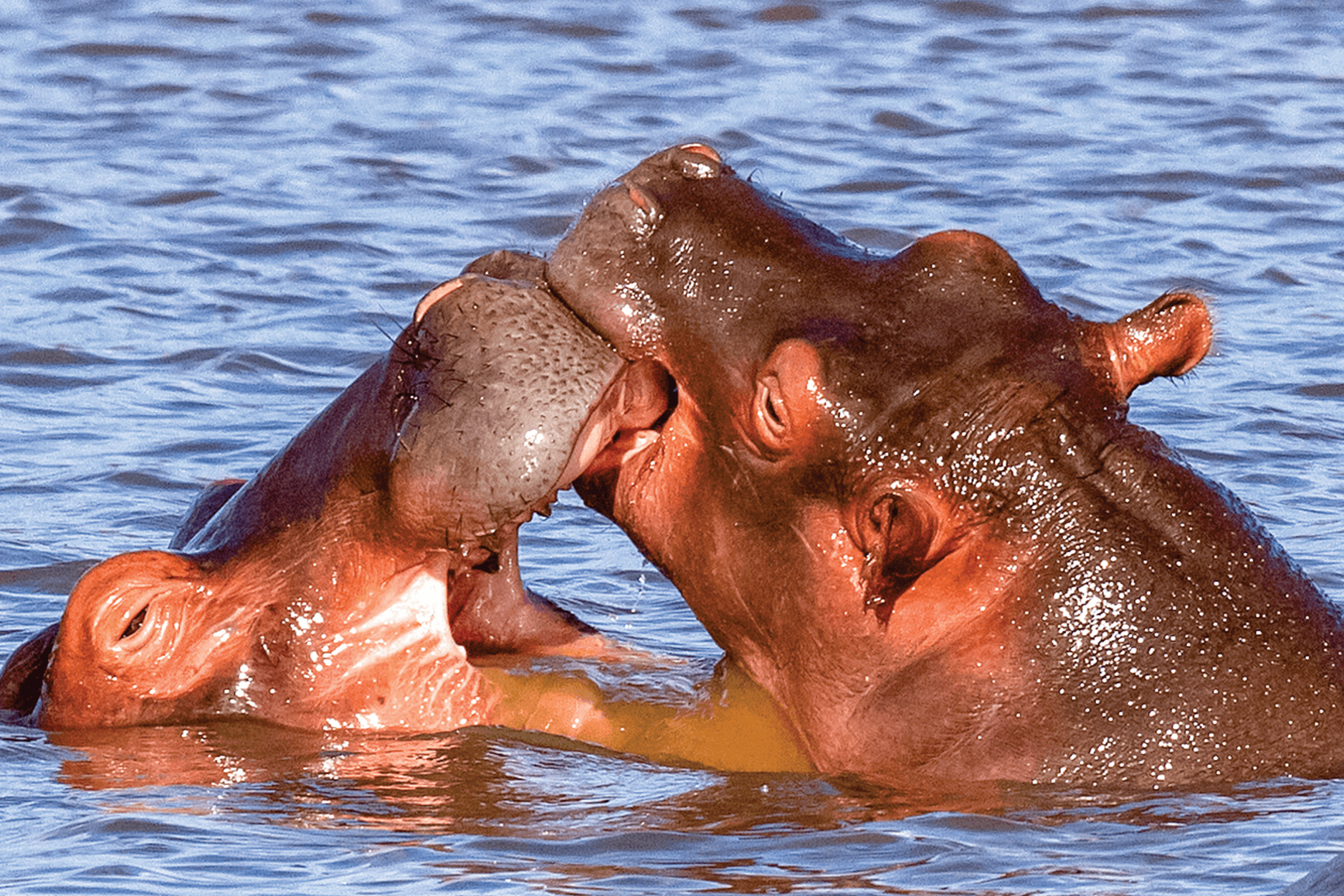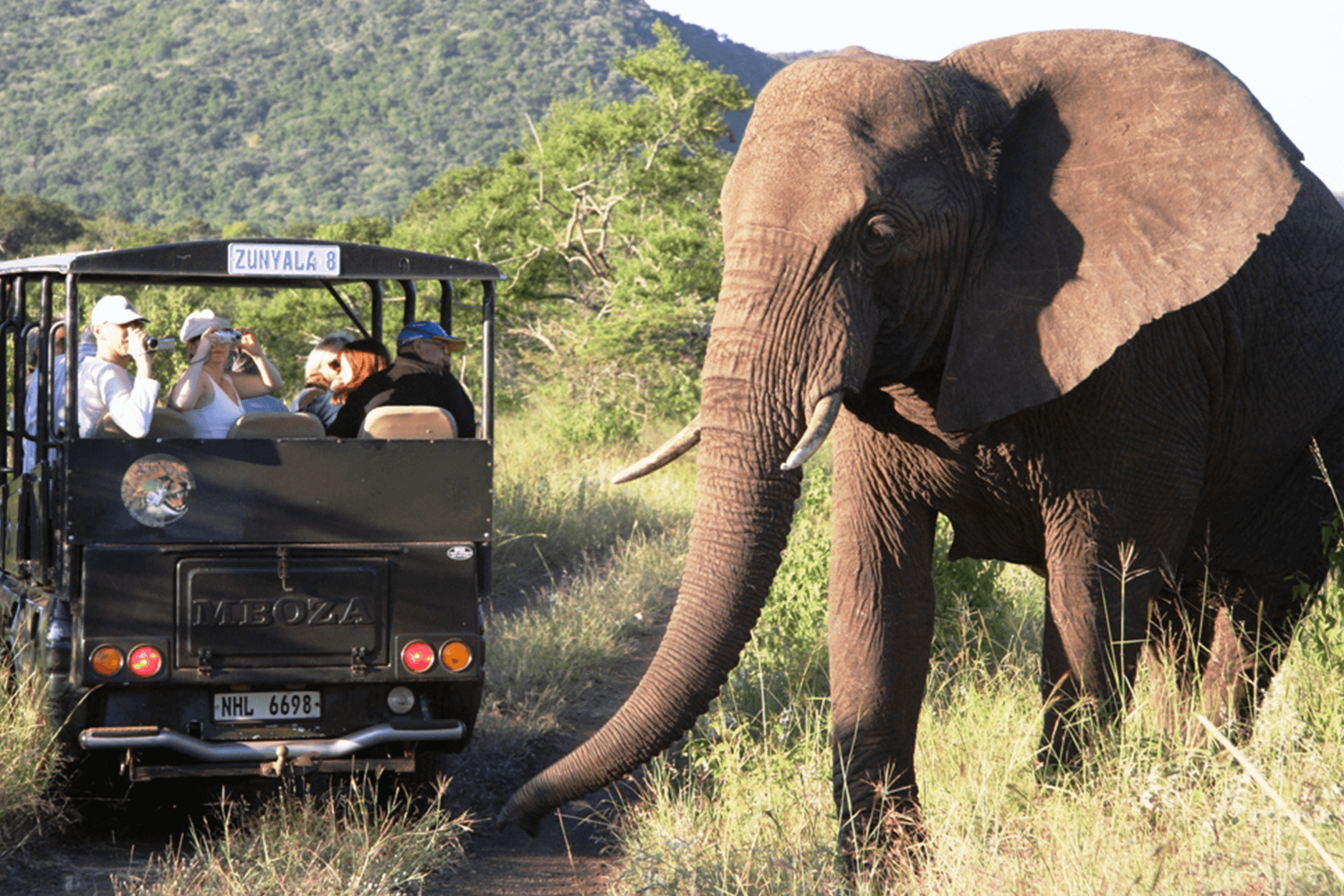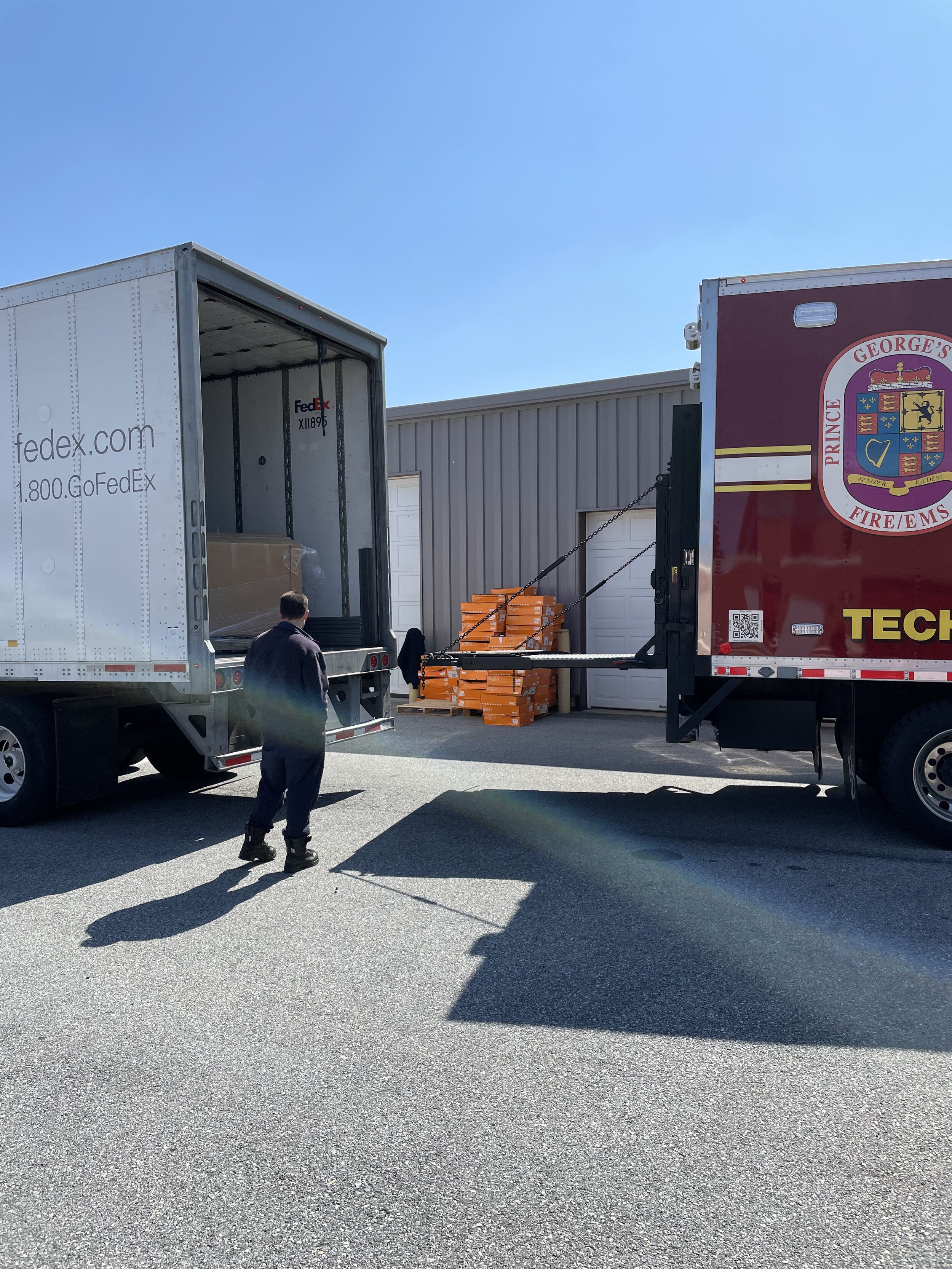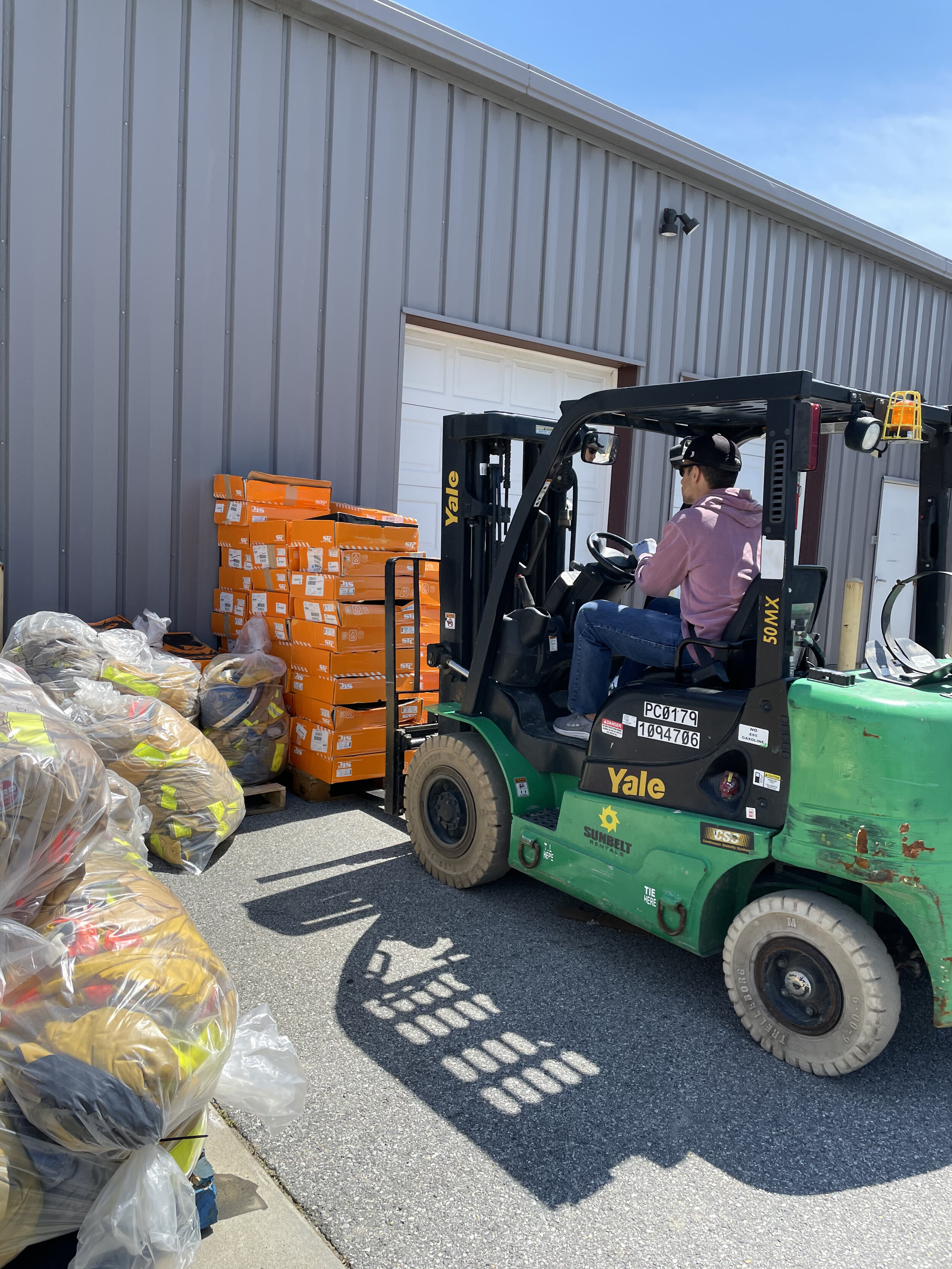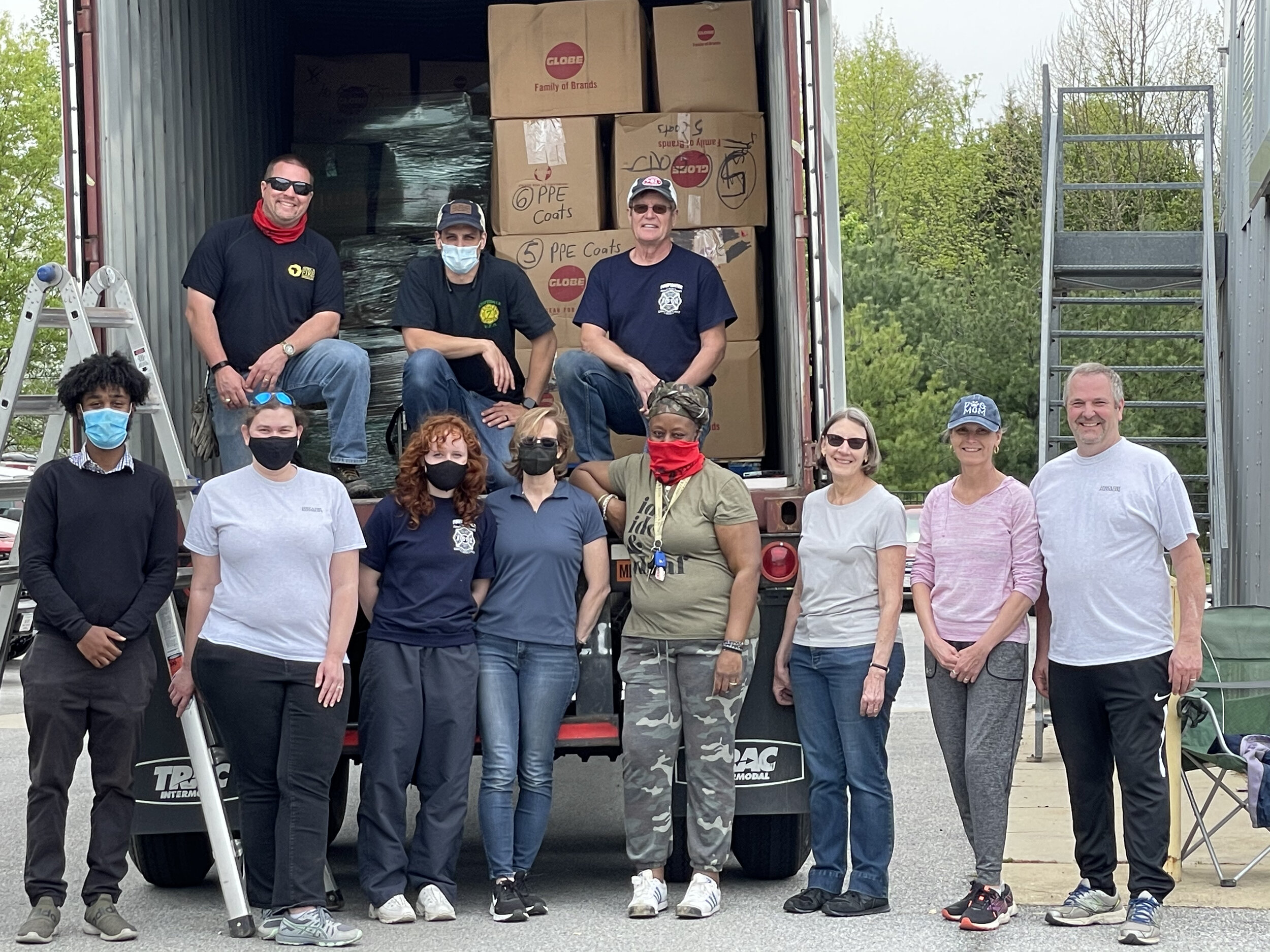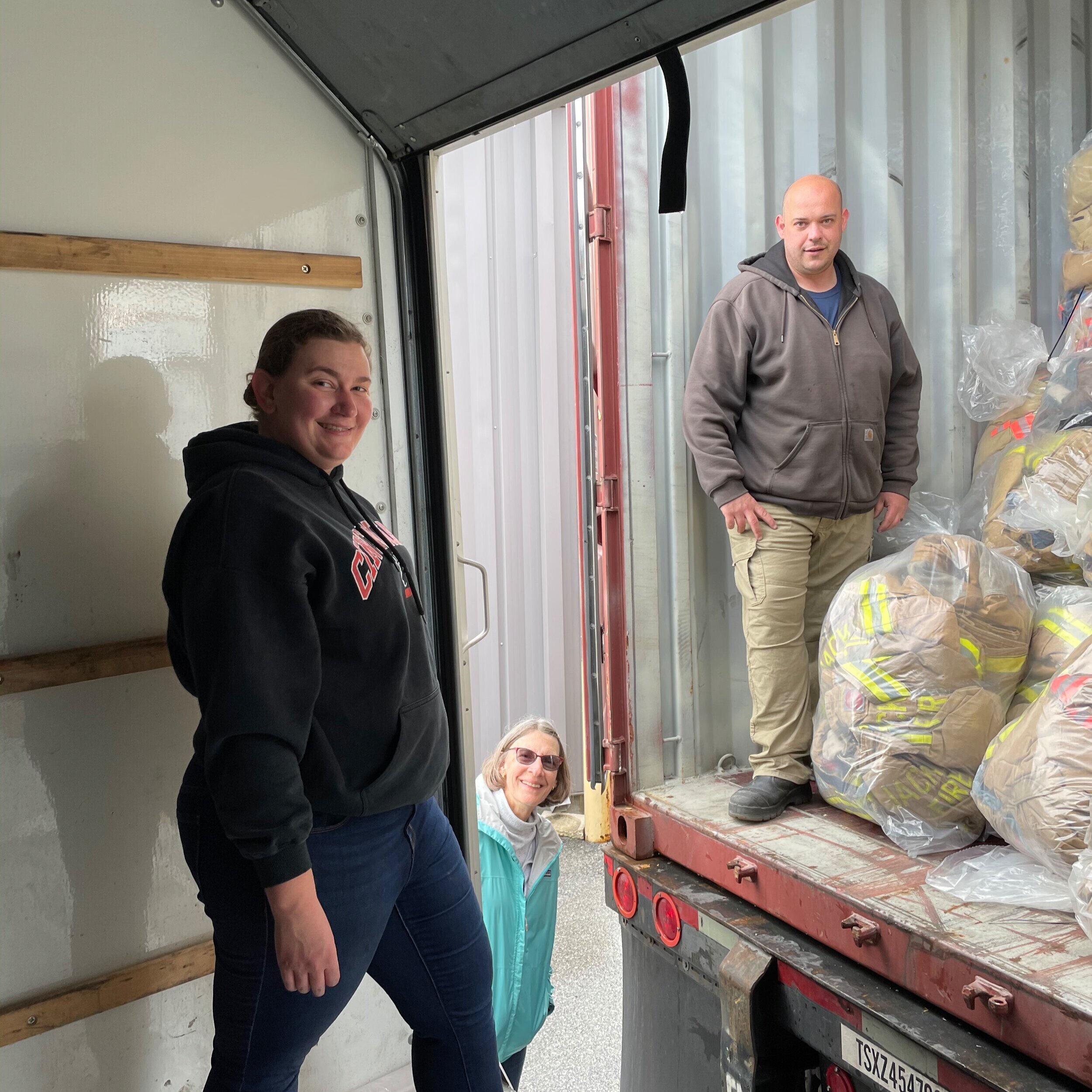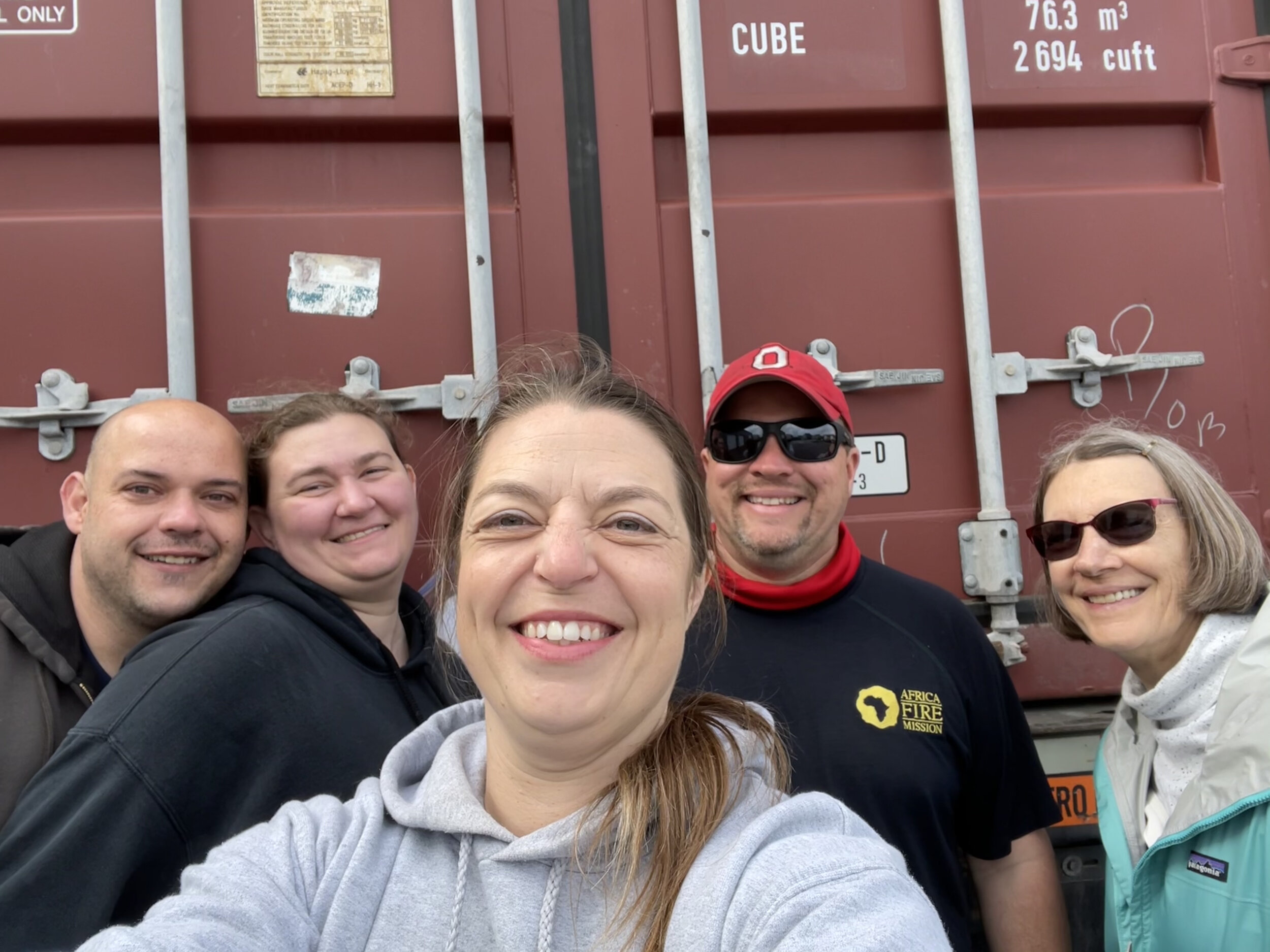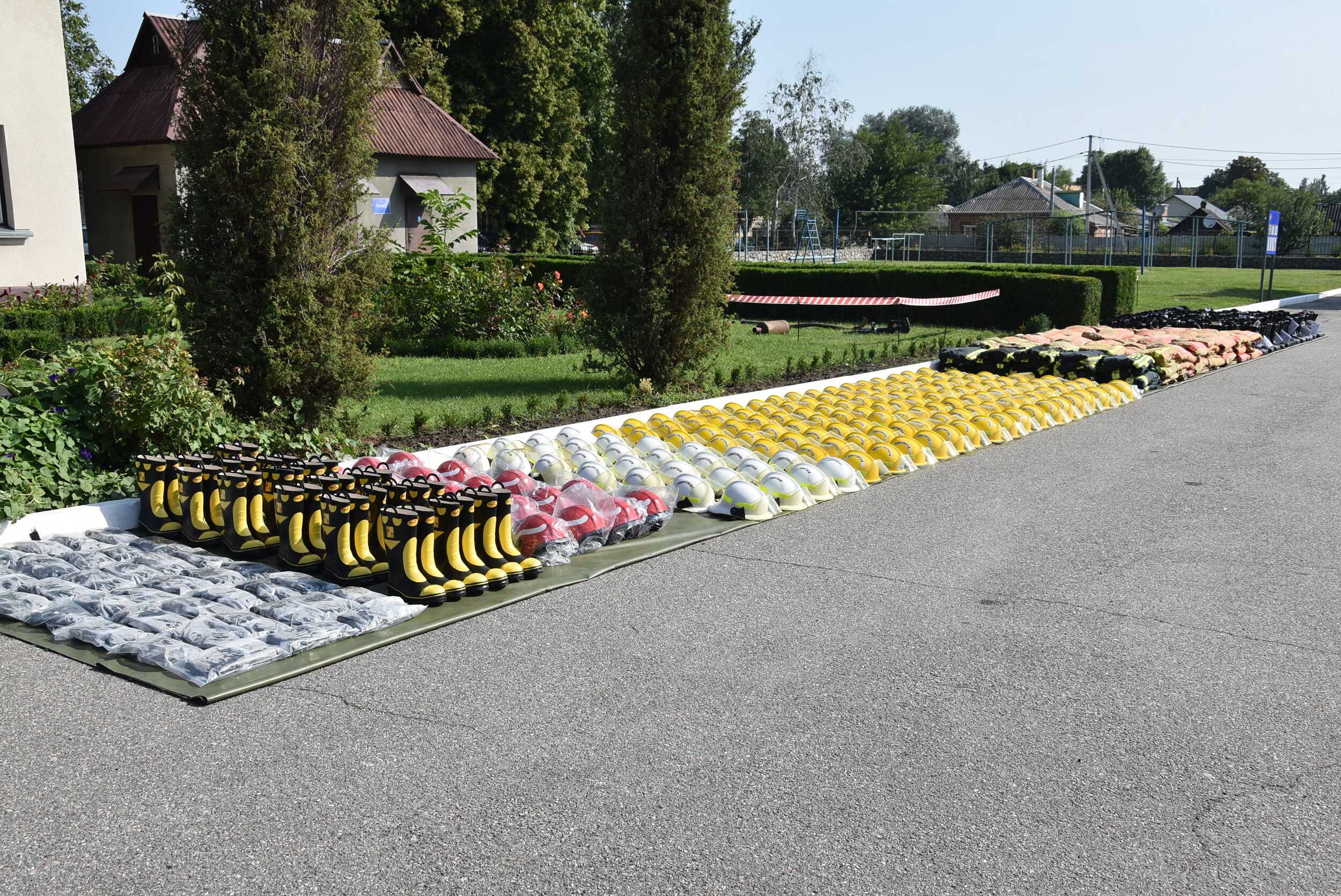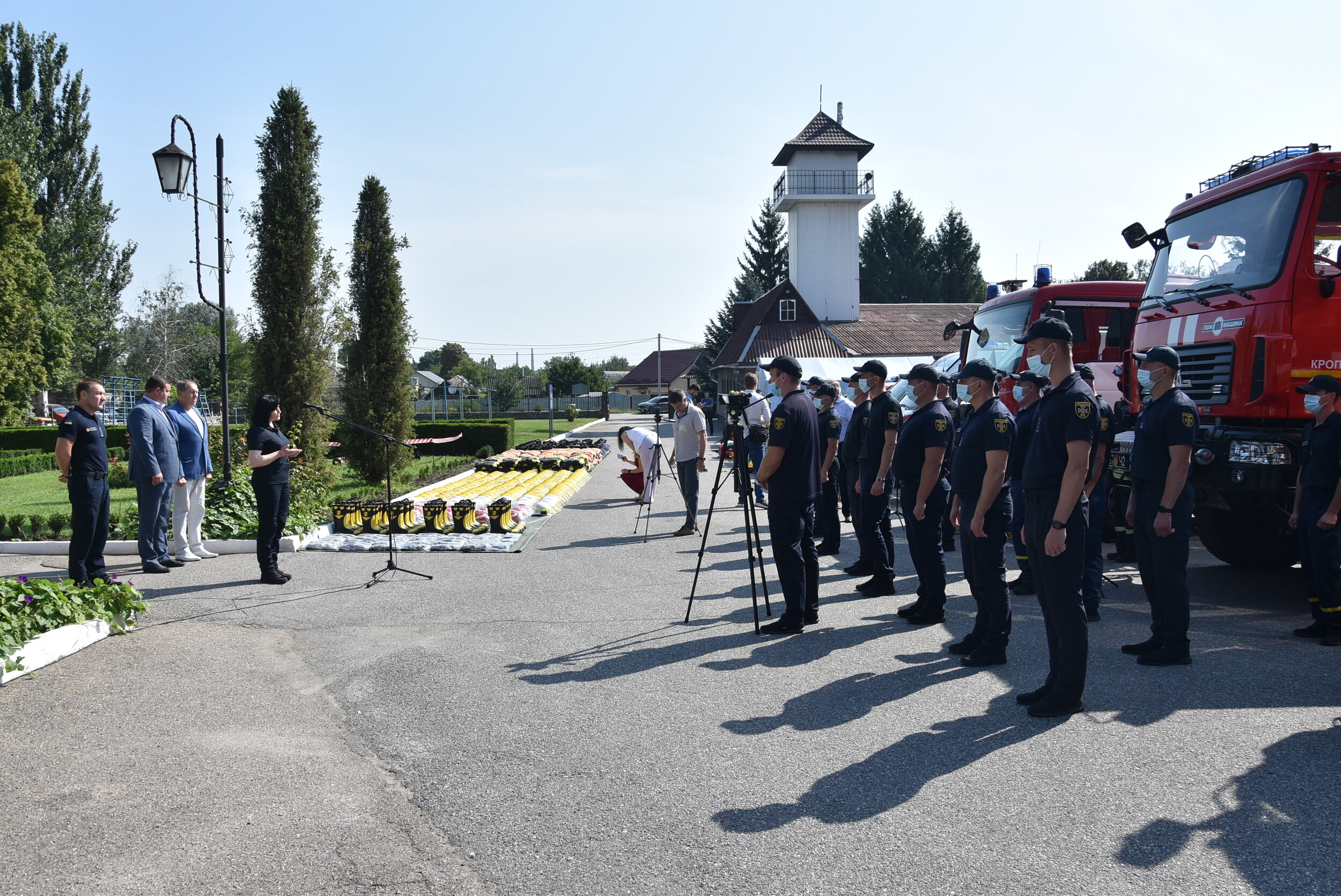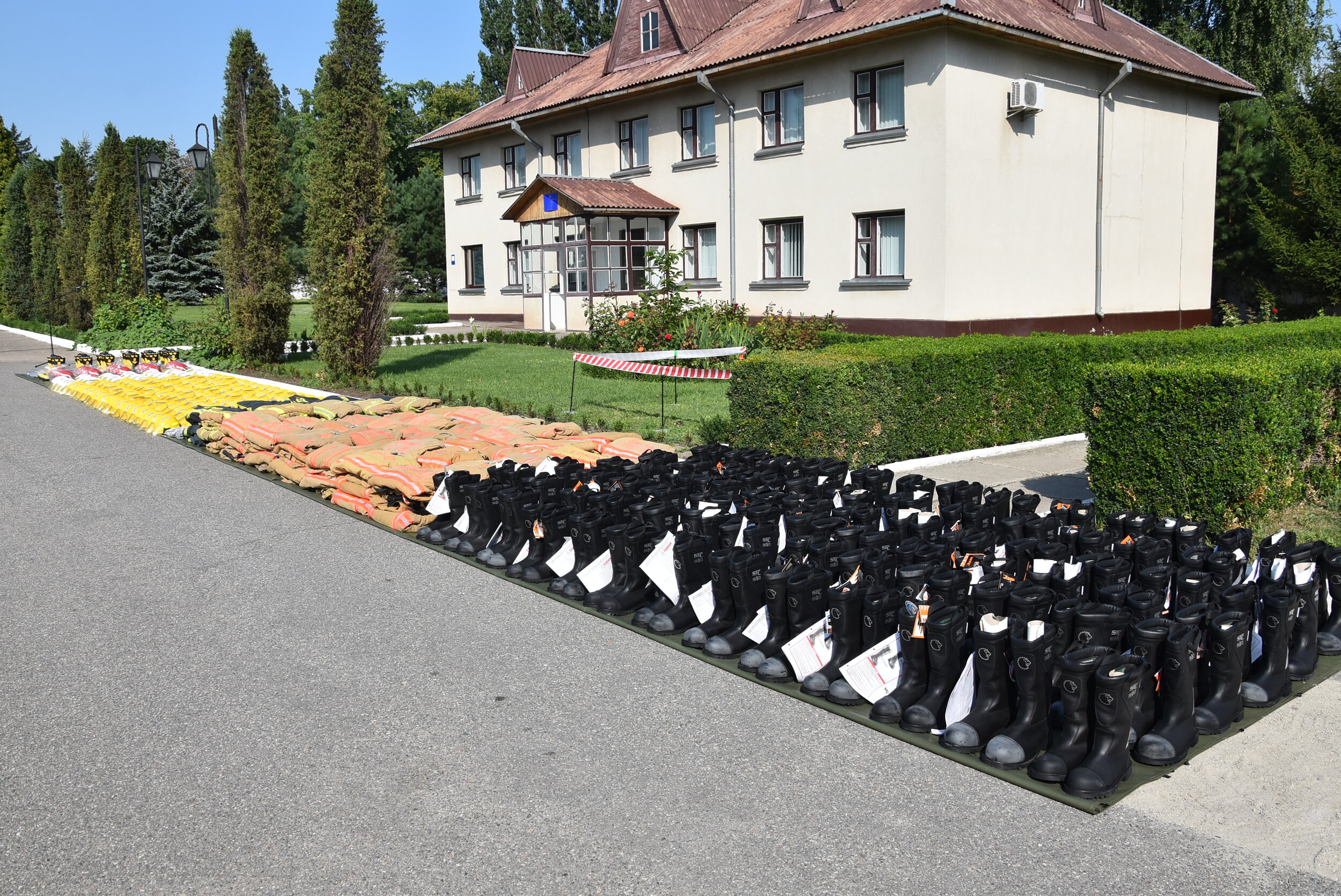By Edward Collet, Jackson Township Fire Department Firefighter/EMT, Ohio; Ohio Fire Chiefs
In the fire service we use many different types of equipment to carry out our duties of protecting life and property. It is impossible to know exactly which ones we will need on any given call, meaning every piece of equipment on the apparatus and in the station must be in good working condition. Part of having equipment in good working condition is knowing the important specifications like fuel type and blade speed for saws, lifting capacity for airbags, length of pike poles, and weight of axes just to name a few. Not only will this level of knowledge allow us to properly maintain our tools but it lets us select the best tool for the job.
How equipment is kept is a direct reflection of the professionalism and pride of each fire department and firefighter. One of my favorite examples of keeping equipment in good working condition is the saw. Saws make firefighters more efficient and effective in serving the community, but only if they work. Whether ventilating a roof, forcing a roll-up door, or cutting locks to gain entry there are other tools to accomplish the task but they are slower and require more physical exertion than saws. When I am at work the saws on the truck are my saws. I do not own the saws, the community provided them to the fire department, but when I am working they are mine to execute the duties the community expects of me.
I make sure they are clean and in proper working condition. It does not matter how other firefighters view the tools, I view them as mine and my responsibility for the time I have been trusted with them. Have I come in to find filthy saws that would not start with blades not capable of cutting a newspaper, absolutely. Just because someone else left it in poor condition does not give me permission to leave it that way. It is about having pride in the job and ownership of your tools and actions. Retired Lewisville, Texas Chief Rick Lasky wrote a book dedicated to having pride and ownership in the job. For someone to invest the time and effort to produce a book on a topic it must be important. Back to my saws. The first thing I check is the fuel, without it the saw will not run. Then I check the bar oil on the chainsaw and the condition of the blade. If the blade is damaged I replace it. Not only will a damaged blade not perform effectively, but it is also dangerous. After that I clean the saw. This give me the chance to have a close look at every part and identify damage which was covered by dirt and grime. Finally, I start the saw to make sure it will run properly. Over time, doing this has provided me with a great understanding of how the saws operate making me more effective at using them during fireground operations. Did this take effort, yes. Did I have to ask a lot of questions to senior firefighters and do research on my own, yes. Did it take away time from holding down a recliner, again yes. Most importantly did it increase my knowledge of the saws and ability to use them, absolutely.
Keeping tools in good working order is not limited to power tools. Hand tools must be inspected regularly. Cleaning tools provides an opportunity to make a careful inspection to find damage. Dirty tools are often broken tools since dirt hides damage. Having hand tools in good working condition on the apparatus is a critical backup for our power tools. Even with diligent maintenance and care, sometimes power tools do not start or work properly. When this happens, it is time to grab the hand tools. As the saying goes, an ax will always start. The ax may start, but if the head flies off the handle it does little good at the emergency scene. Simply making a policy to keep all the tools once a week makes sure they are ready for service and look good.
Just as important as keeping tools in good repair is knowing when certain maintenance activities are beyond our skills. I am able to work on a saw or secure an ax head to the handle, but when the heavy hydraulic extrication tools are not working properly I know the factory technical needs to be called. Some of the tools we carry are very specifically engineered and complex, requiring them to be serviced by a trained technician. We may have all the good intentions of getting a tool back in service and saving money by attempting repairs but in the end it may cost more to get it repaired properly or buy a replacement if it is not properly repaired. Losing the use of a tool because it was not serviced by a properly trained technician is a disservice to the community. It may cost more to get a tool properly serviced but it will save money in the long run and ensure the tool is functioning to serve the community.
A master craftsman would never imagine not having clean tools in perfect working condition. As firefighters we are masters of our craft and must maintain our tools as such. The most intelligent, strong, and skilled firefighter cannot proficiently service his or her community if tools are working and on the apparatus.

